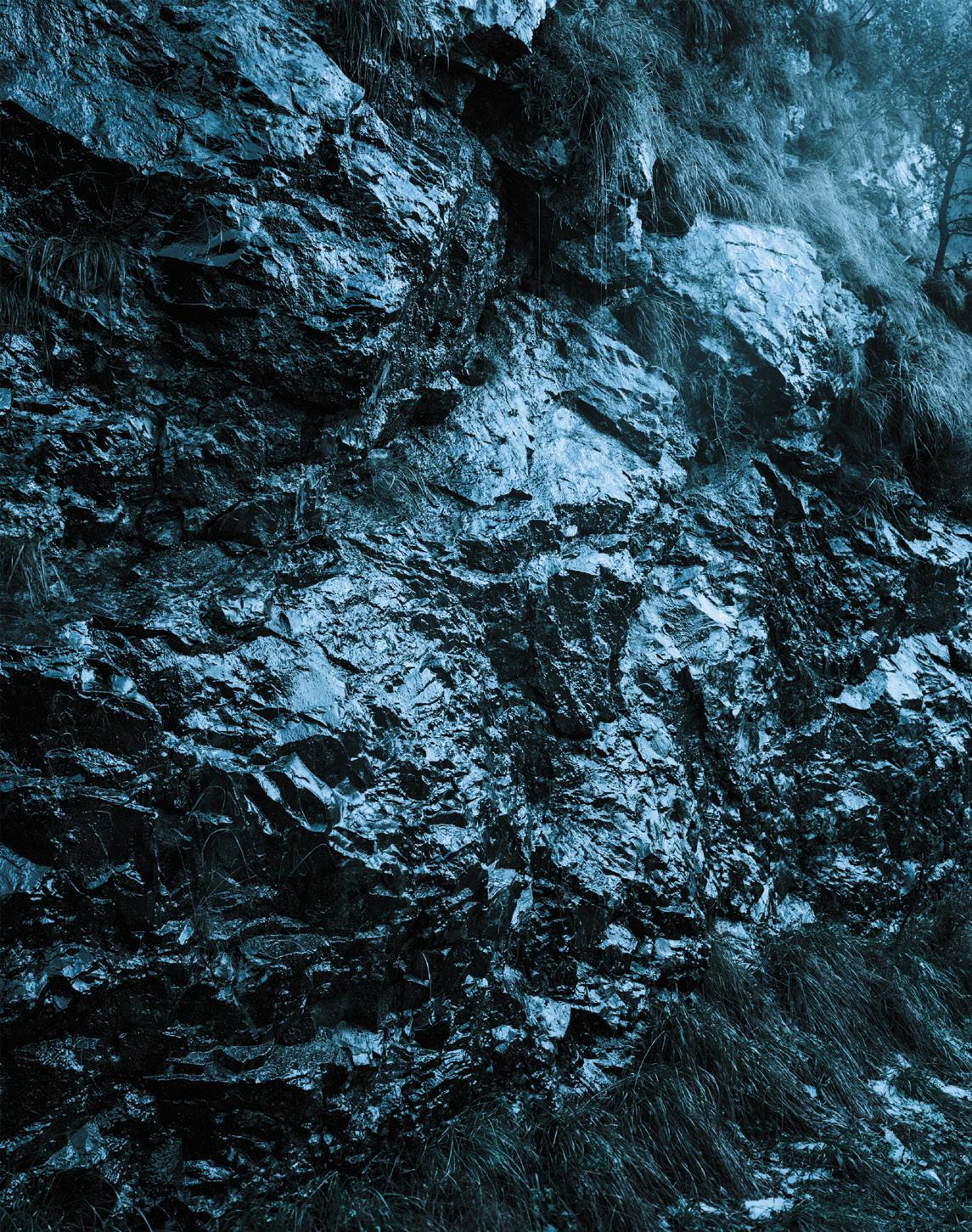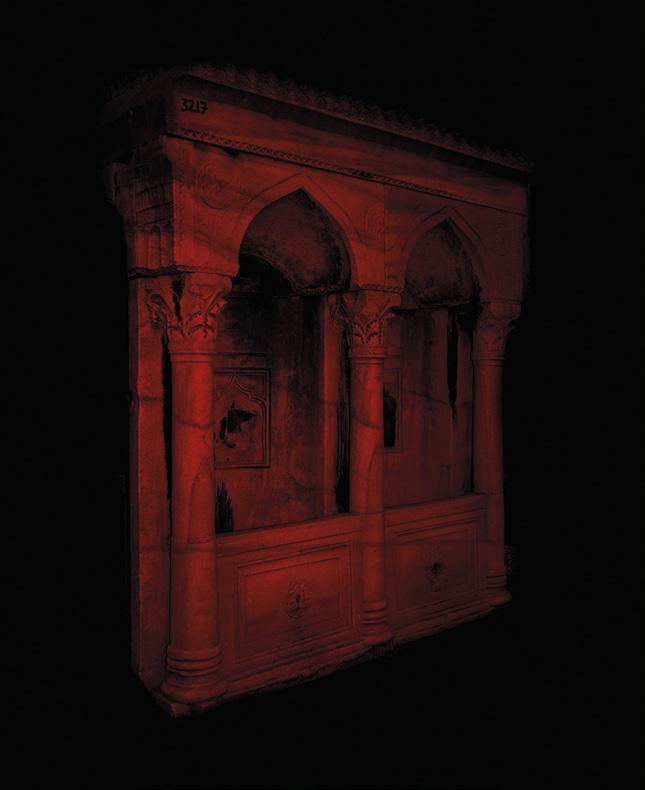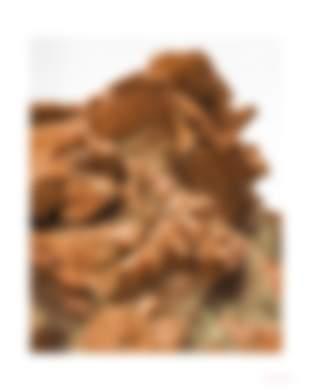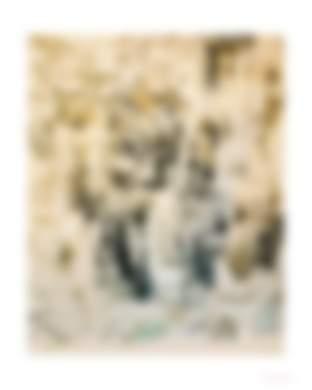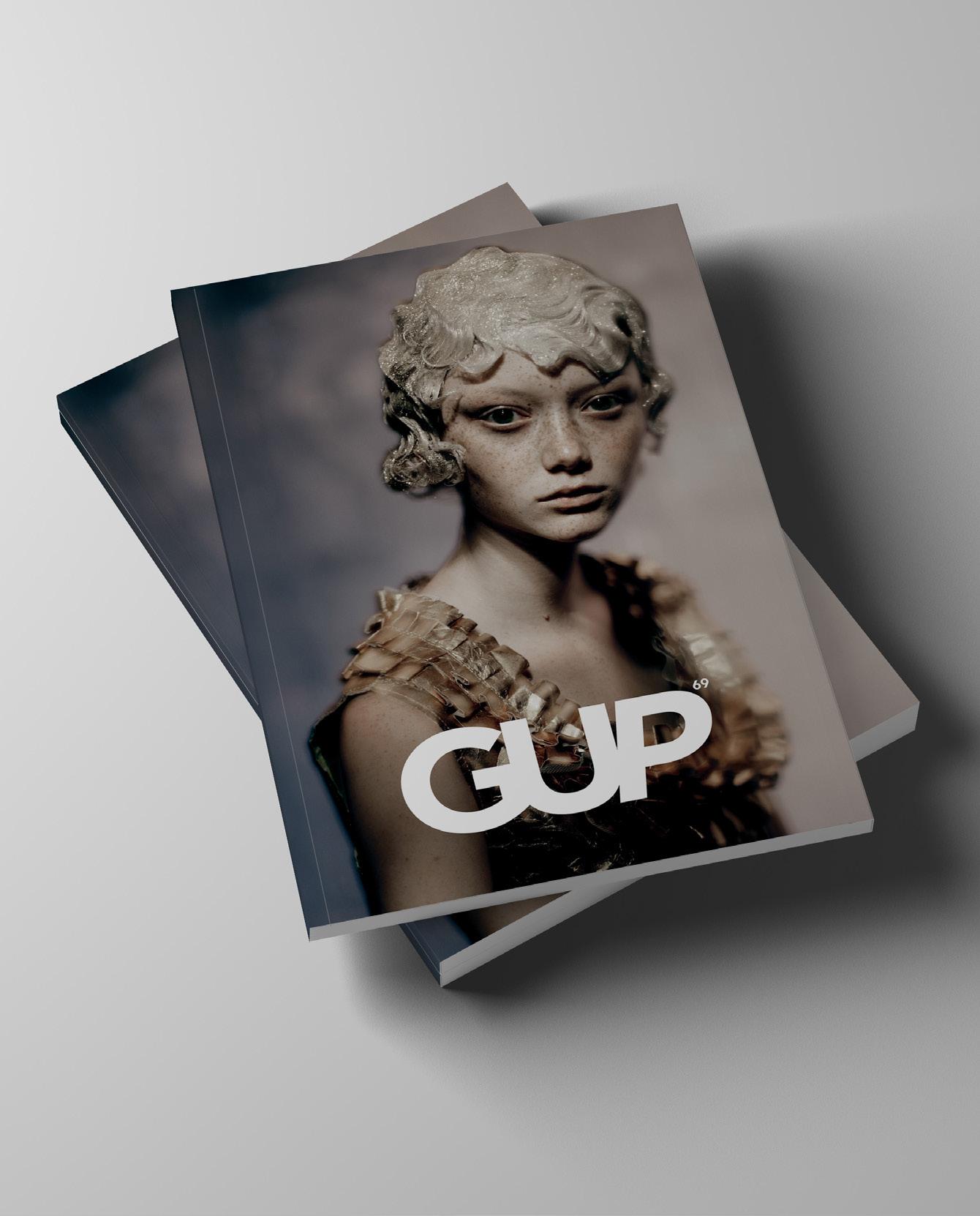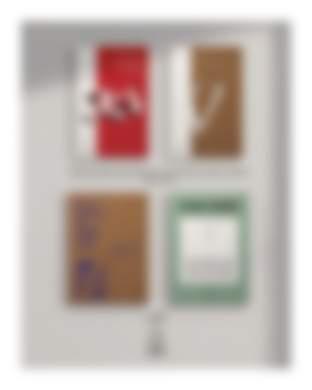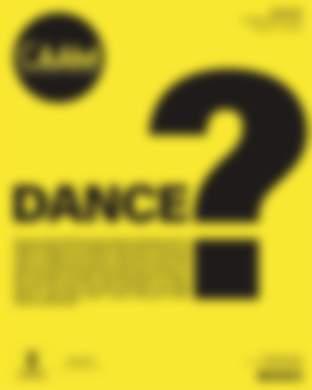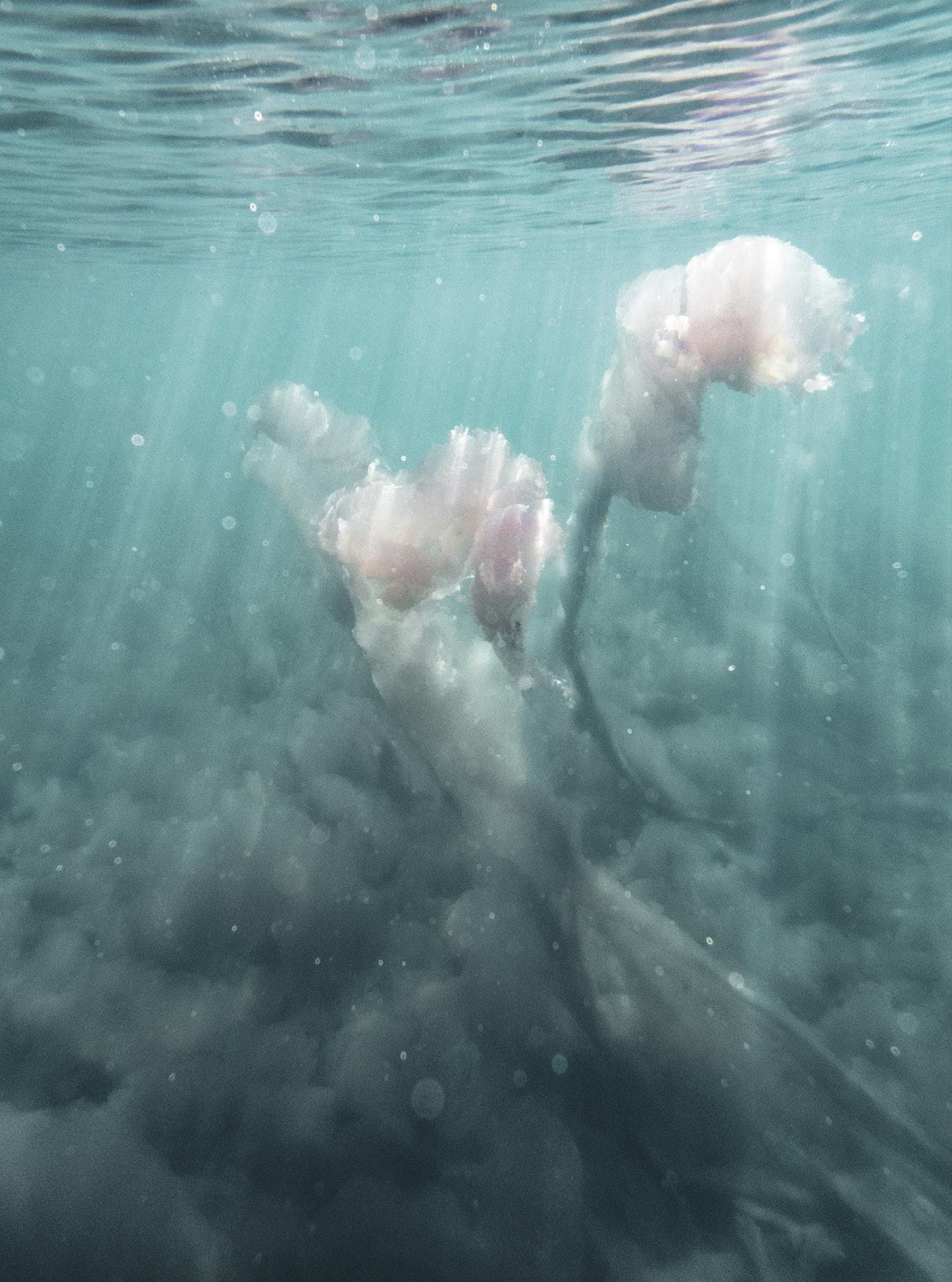AGUAS SALVAJES WILD WATERS

Centre del Carme Cultura Contemporània
Hasta el 17 de octubre de 2021
C / Museo, 2. València. Entrada gratuita www.consorcimuseus.gva.es

Aguas salvajes


Centre del Carme Cultura Contemporània
Hasta el 17 de octubre de 2021
C / Museo, 2. València. Entrada gratuita www.consorcimuseus.gva.es

Aguas salvajes
EDITORIAL
Como el agua Likewaterfeel
Principios de un pensamiento sobre el océano
Initial thoughts on the Ocean
Chus Martínez
DOSSIER
Karen Glaser
El río Hillsborough Hillsborough River
Federico Pardo Ice Shanties
Kevin Griffin Wave Studies
Pablo Genovés Precipitados Tides
Jean Gaumy Hombres en el mar Men in the sea
Edward Burtynsky
Water
Jem Southam restless
Elina Brotherus
Nunca lejos del mar
One never gets far from the sea
Hiroshi Sugimoto
Agua y aire
Water and air
Wout Berger
Cuando abro los ojos When I Open My Eyes
Tiina Törmänen
4. 6. 18. 24. 32. 36. 42. 48. 54. 60. 66. 70. 76. 82. 88. 94. 98. 110. 116. 122. 128. 134. 83
Another Water
Elspeth Diederix
Color y composición bajo el mar Colour and composition under the sea
Michael Marten
Sea Change
Boris Mikhaïlov
Salt Lake
Roni Horn
Bebe Blanco Agterberg
Adéolá Olágúnjú
Ana Catarina Pinho
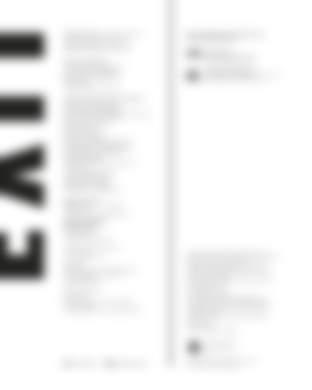
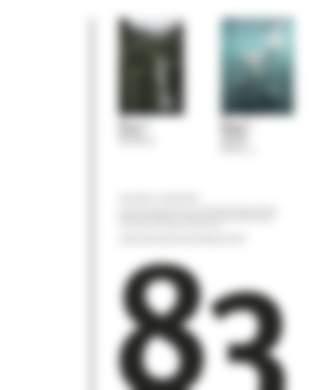
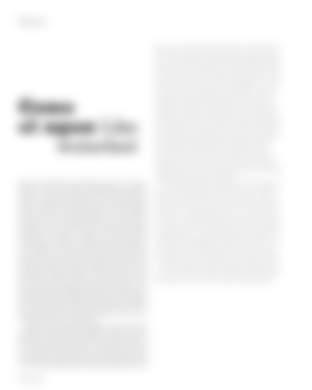


No he dejado de pensar en el océano en los últimos años. Algunos días, pensaba en él tal cual lo conocemos: azul, profundo, complejo, lleno de secretos y misterios. Otras veces, el océano me parecía la única cuestión filosófica que merecía la pena abordar. ¿Por qué? Porque, en teoría, no deberíamos estar ahí. No podemos ni respirar, ni beber de su agua ni nadar durante mucho tiempo sin desaparecer… Algunas de las notas siguientes intentan dar cuenta de mi investigación: el ejercicio continuo de buscar una forma de relación, un vínculo, un lugar, un argumento y una acción desarrollada por el océano y no por nosotros.
El poema
I.
¿Cuál es la función del océano? Imponer un ritmo a todo el desconcierto y la confusión que reinan en nuestro interior. Imagina el océano como la fuente de un nuevo sentimiento de identidad. Imagínate diciendo “¡Nosotros, océano!”. El océano es la sustancia que nos permite pasar de la experiencia colonial —de sus violentos abusos y su injusticia estructural, así como de la existencia poscolonial— al cuartel general de la búsqueda poshumana de una ética mundial para alcanzar una comprensión distinta de la política y la economía.
II.
Nuestro mayor problema es que no sabemos formular las preguntas pertinentes… ¿Les interesa a las montañas hacer montañismo? ¿Nos damos cuenta los humanos de que nos apropiamos de las montañas para acceder a la “época monumental” de la Tierra? ¿Para poder erigirnos junto a las fuerzas geológicas? Mientras tanto, abusamos de esa asimetría perforando la tierra y explotando sus minas, derritiendo y contaminando su carne porque las rocas no sienten. Sí que sienten.
In the last few years, I have found myself thinking about the Ocean constantly. Some days, I think about the Ocean as we know it: blue, deep, complex, full of secrets and mysteries. On others, the Ocean appears to me as the only philosophical question that is worth addressing. Why? Because we are not meant to be there. We cannot breath or drink its water or swim in it for a long time without disappearing. Some of the notes that follow seek to provide an account of my quest — the continuous exercise of searching for some kind of link, a bond, a place, an argument and an action performed by the Ocean and not by us.
The poem I.
What is the Ocean for? Imposing a rhythm upon our bewilderment and confusion. Imagine the Ocean as the source of a new sense of identity. Imagine yourself saying, “We Ocean!” Ocean is the element that allows us to transition from the colonial experience — its violent abuses and structural injustice, not to mention the post-colonial existence — into the nerve centre of the post-human quest for a global ethic, for a different sense of politics and economics.
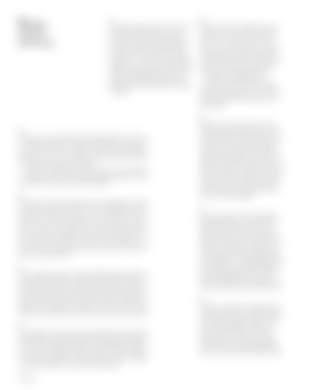
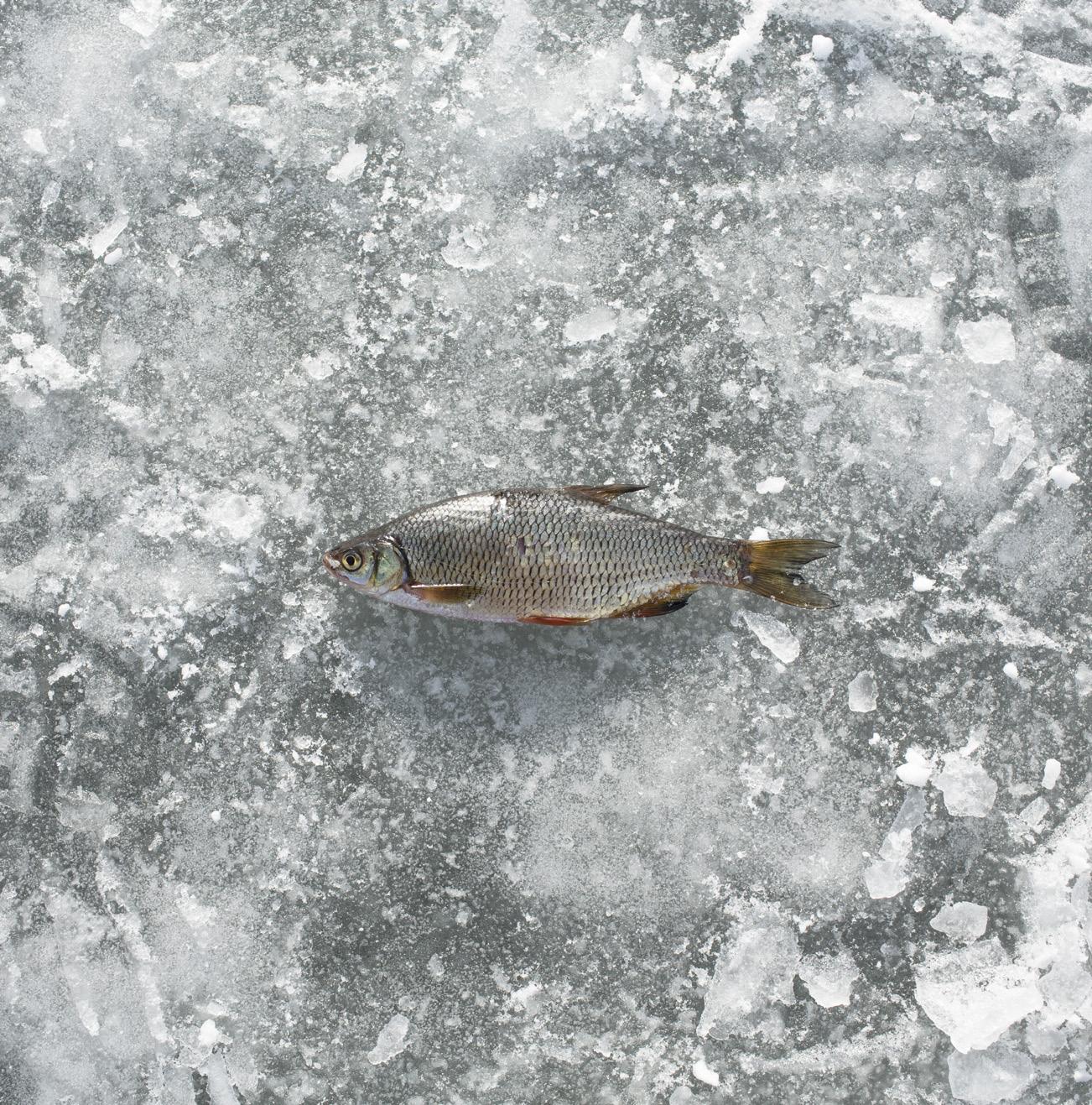

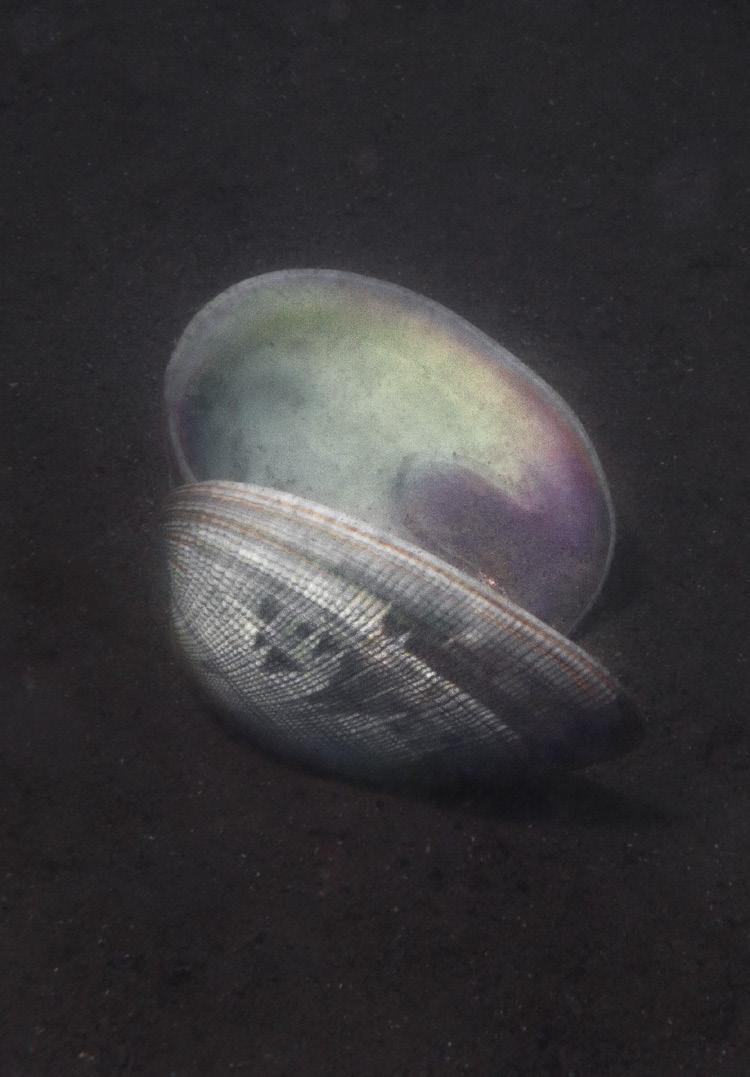


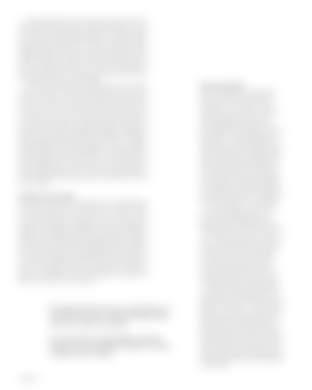


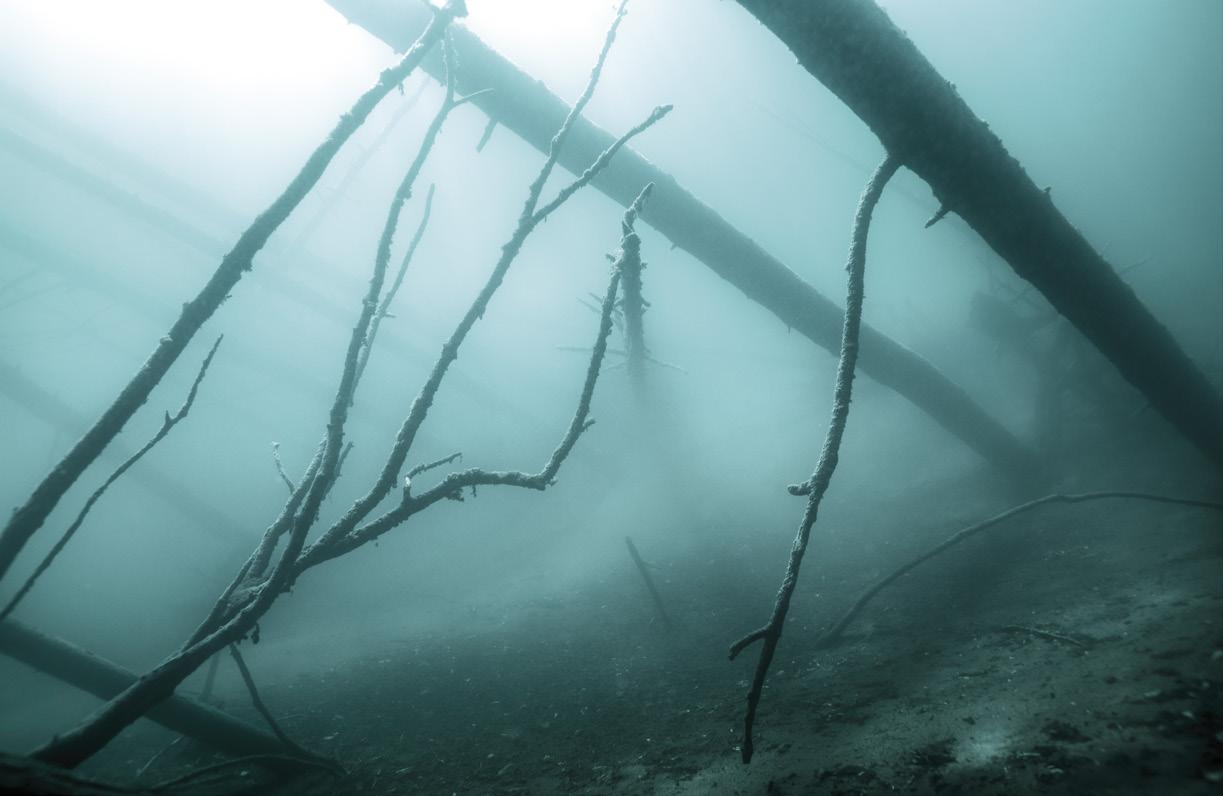


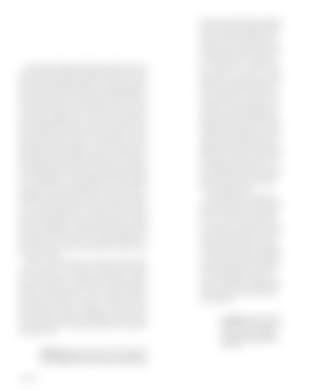
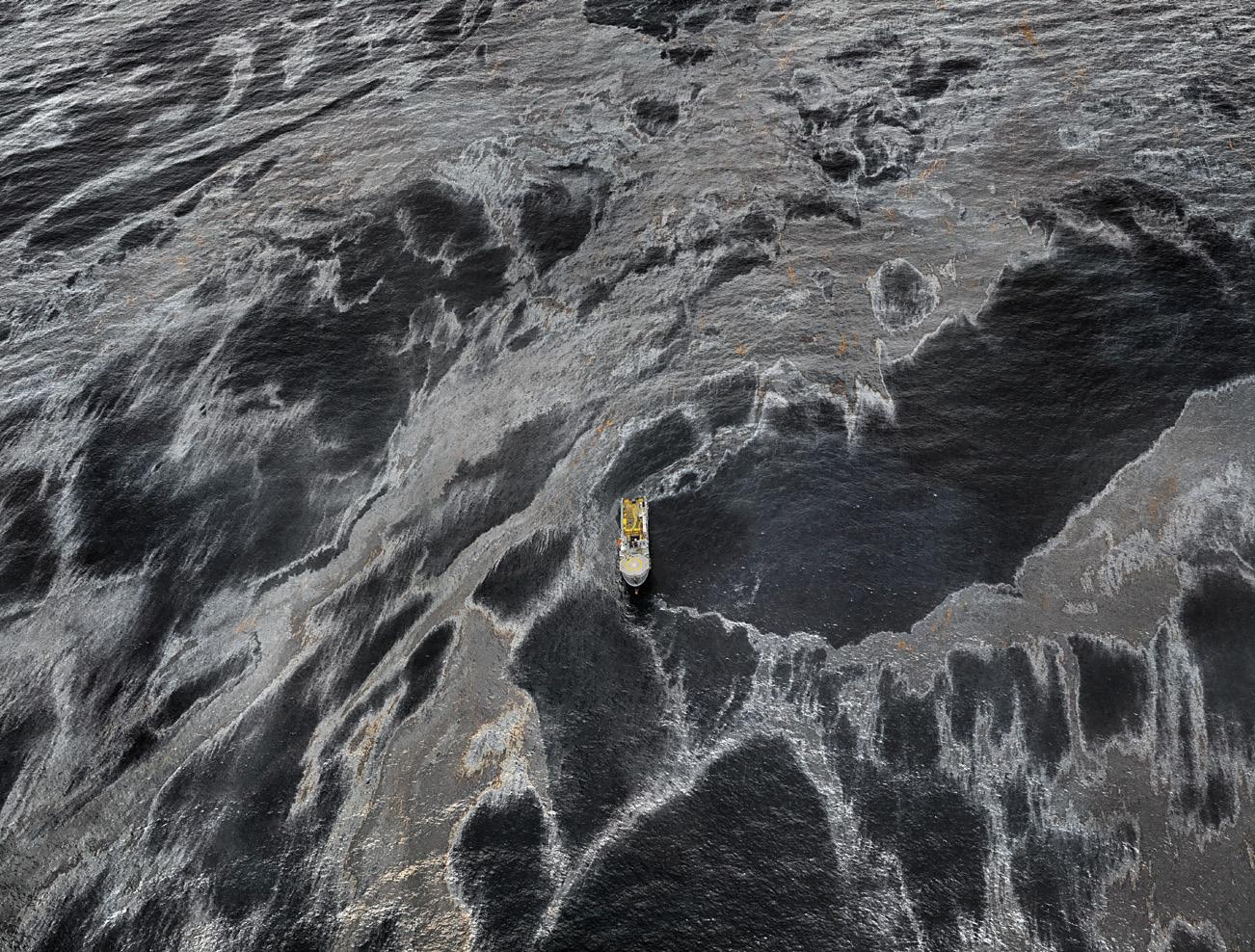
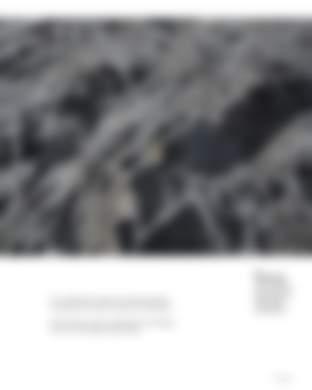


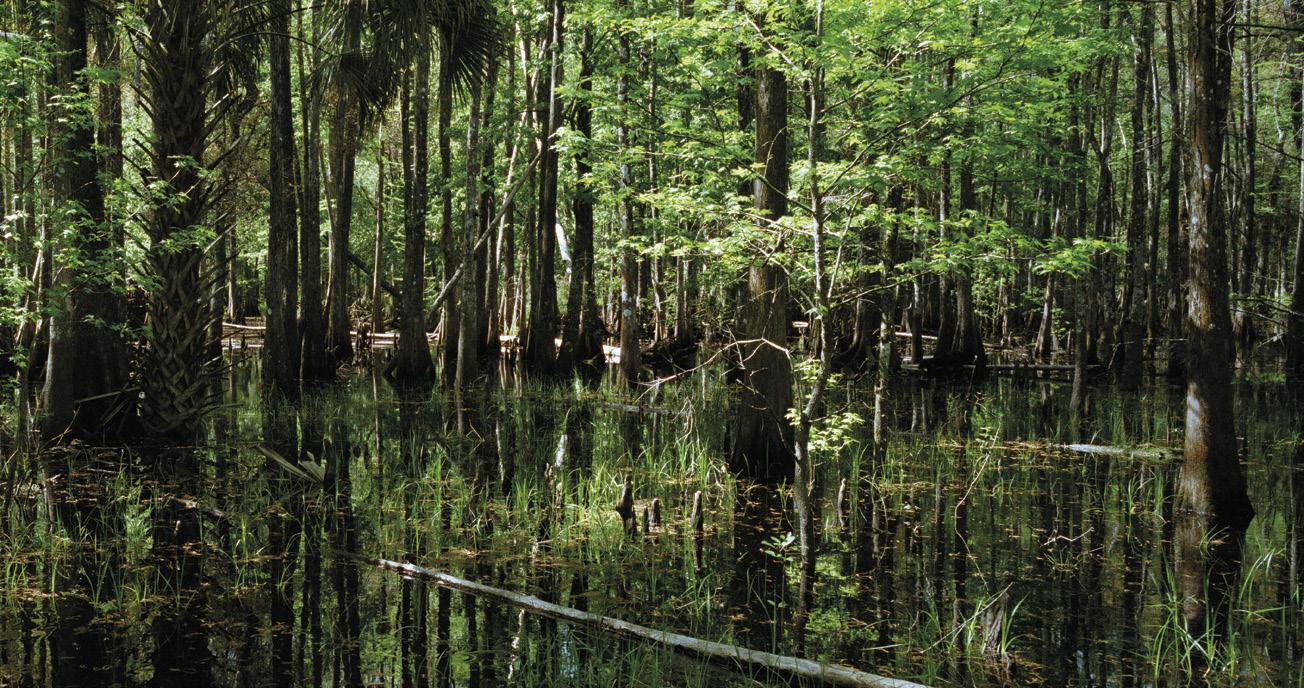


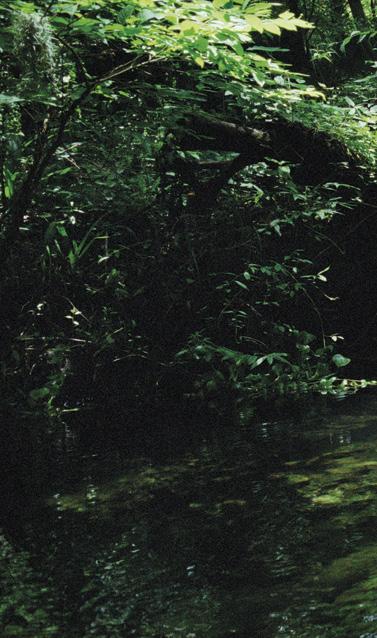
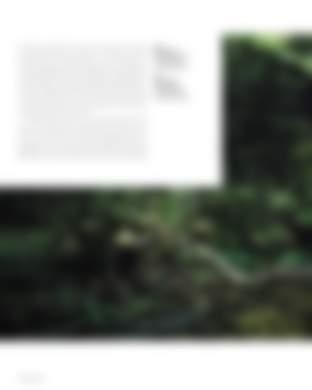



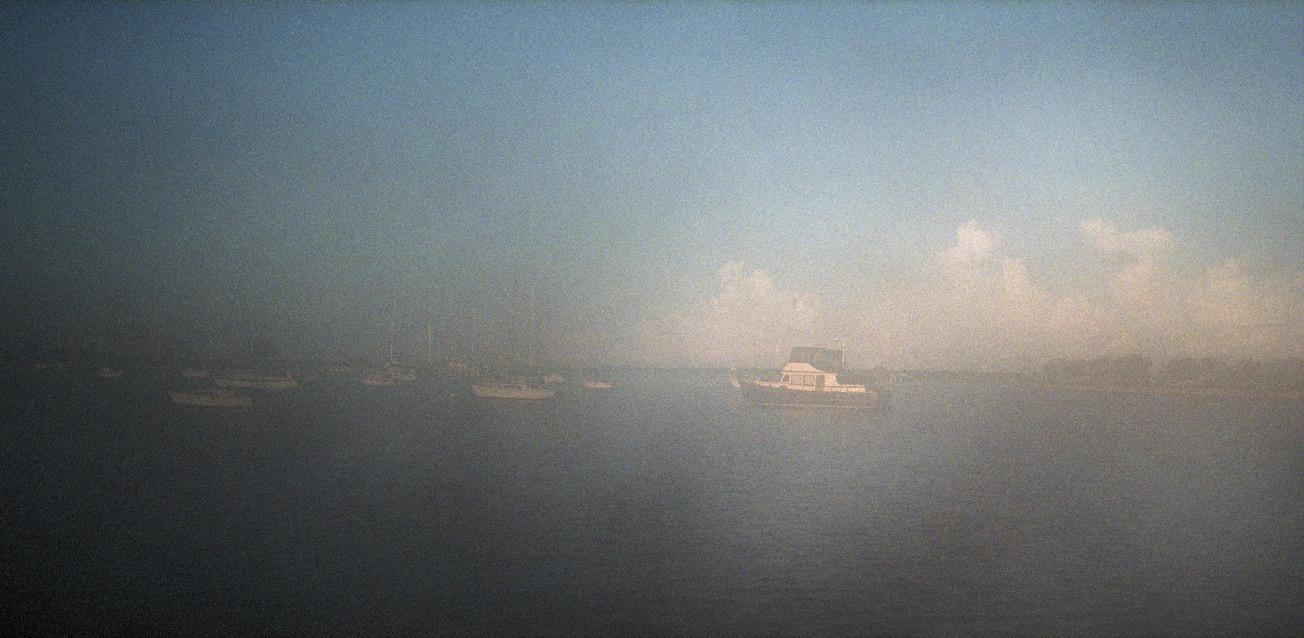
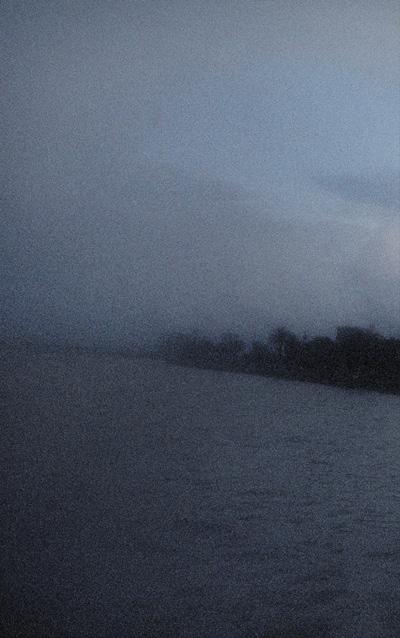
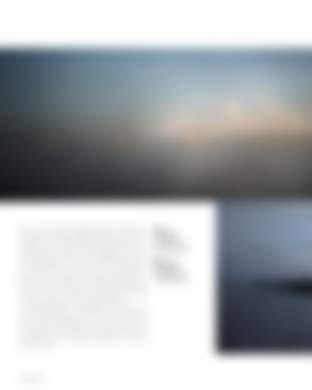









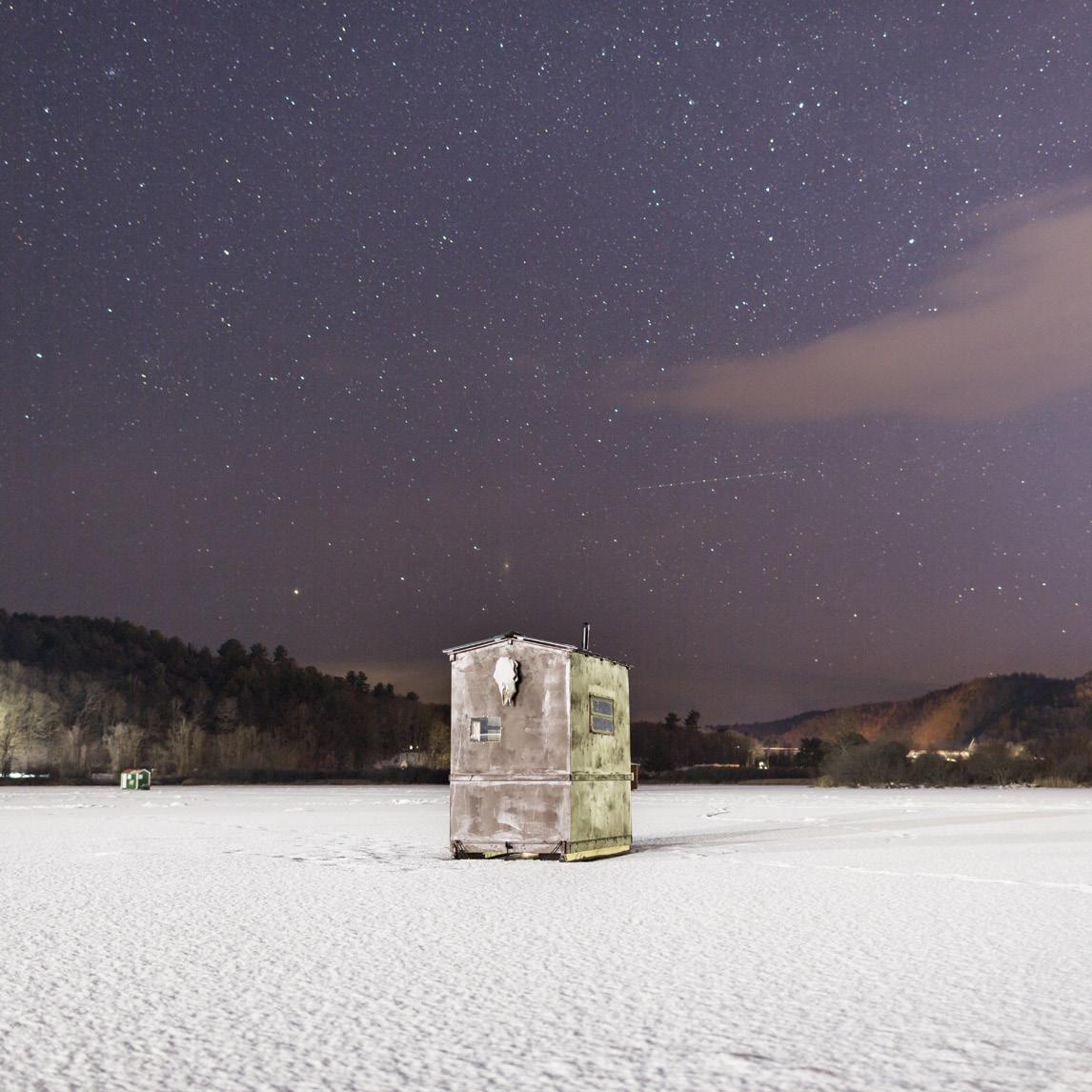
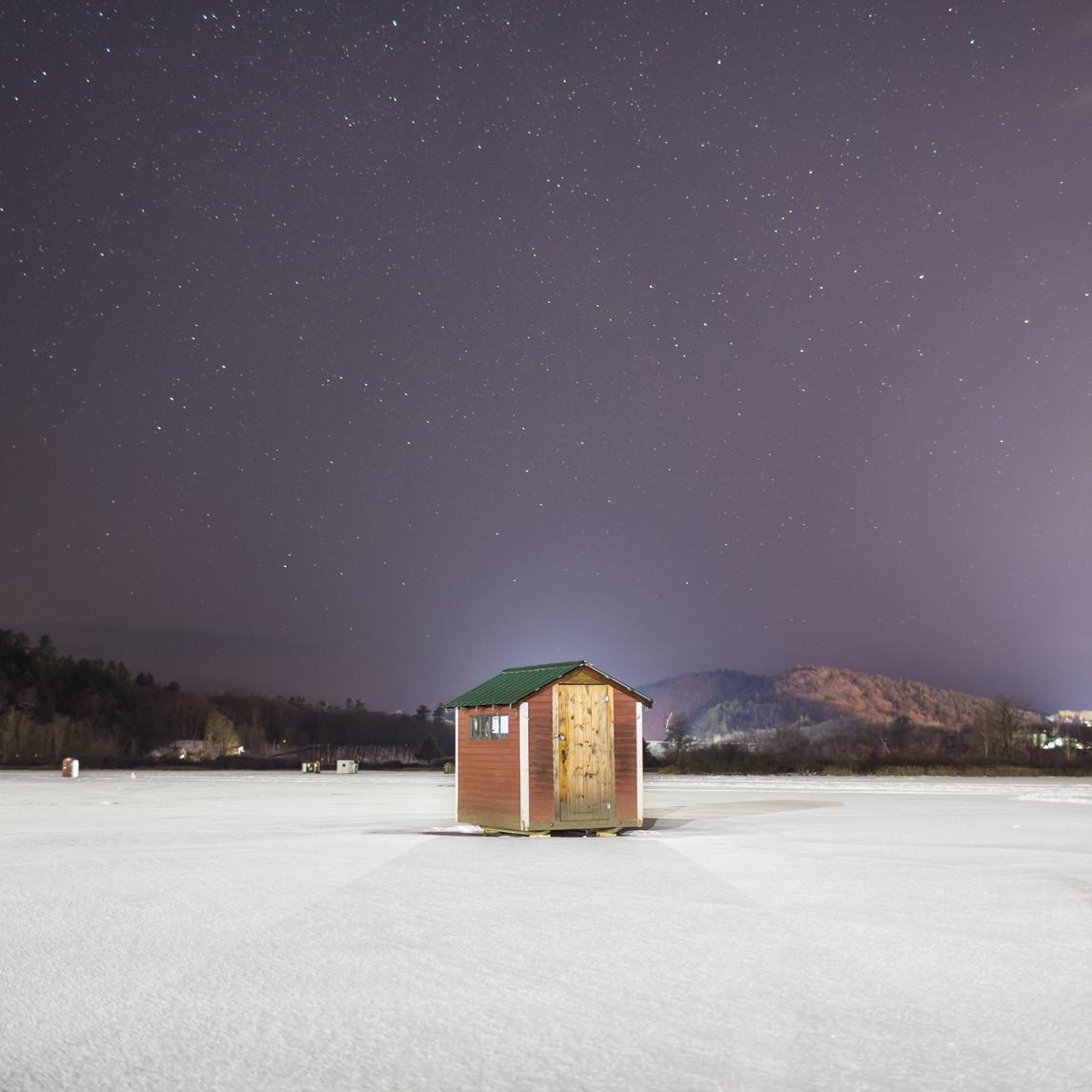
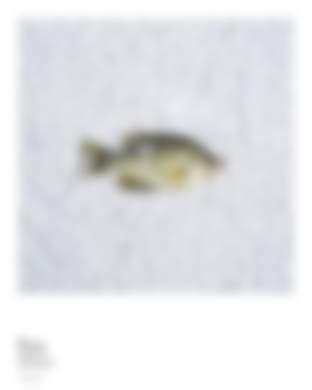



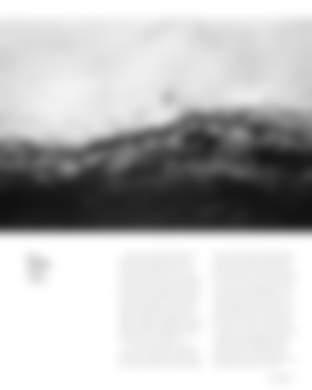
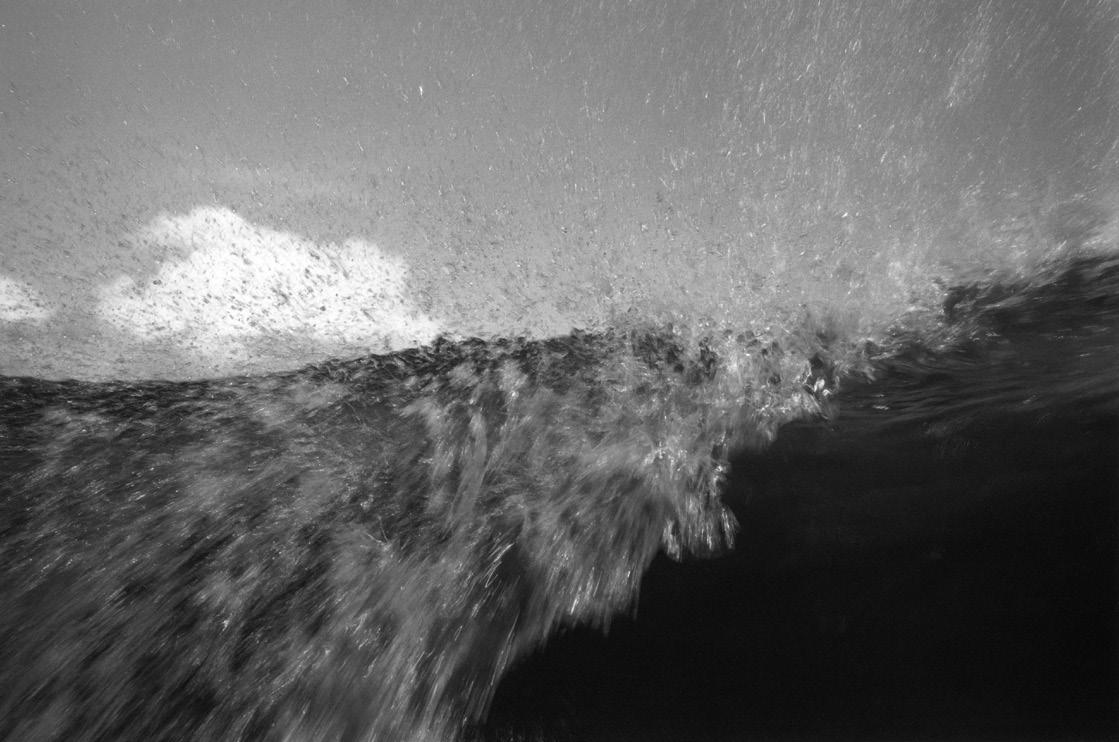

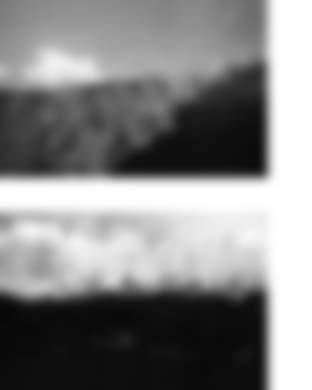



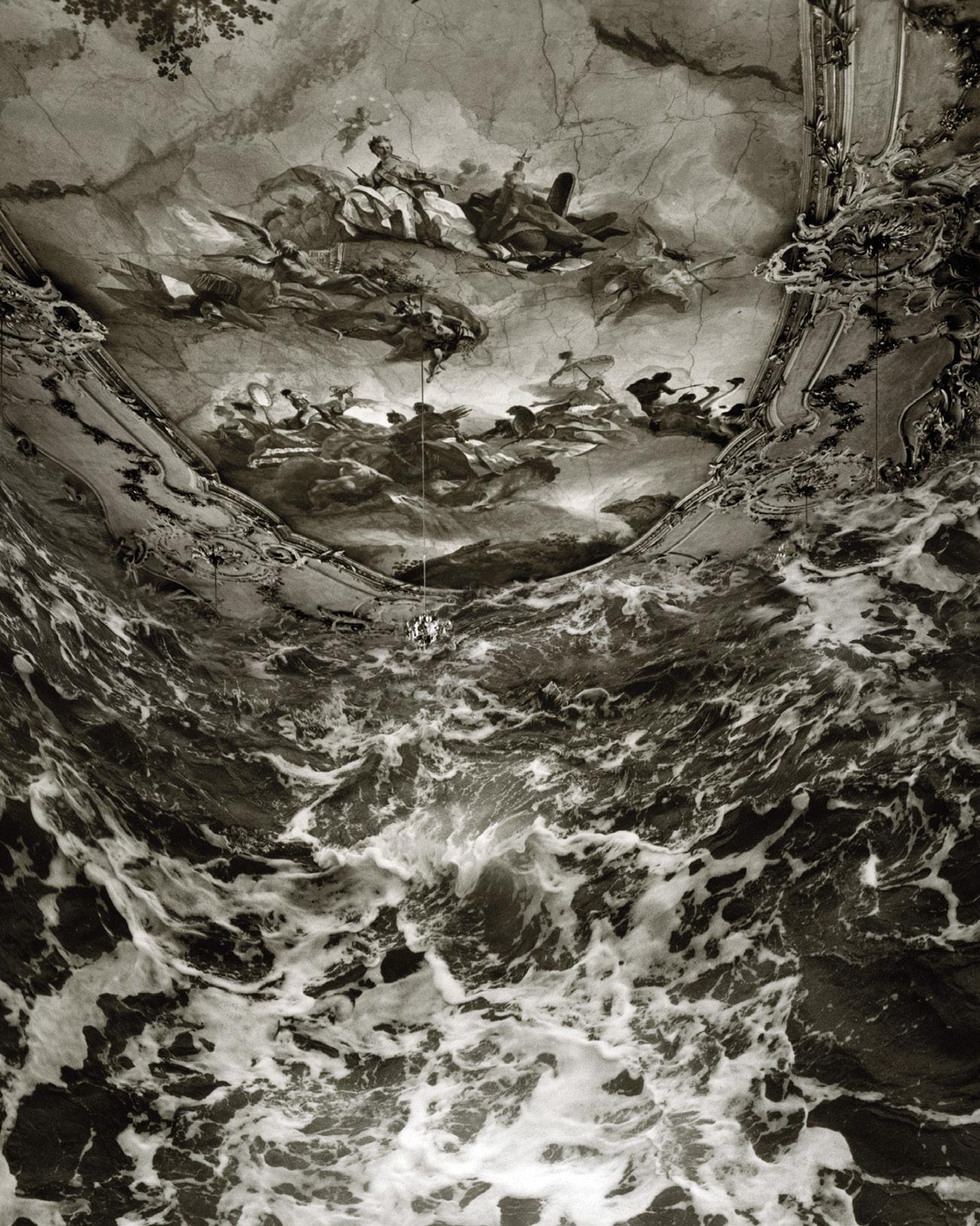








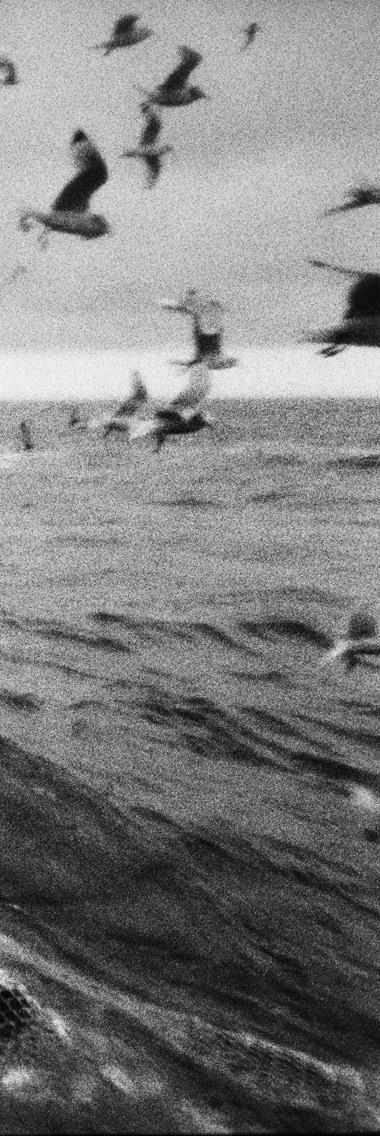
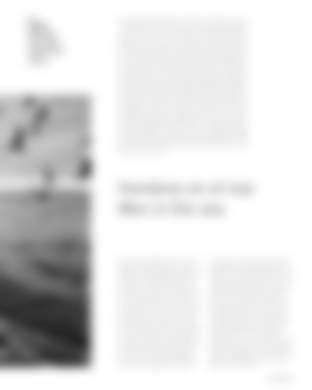




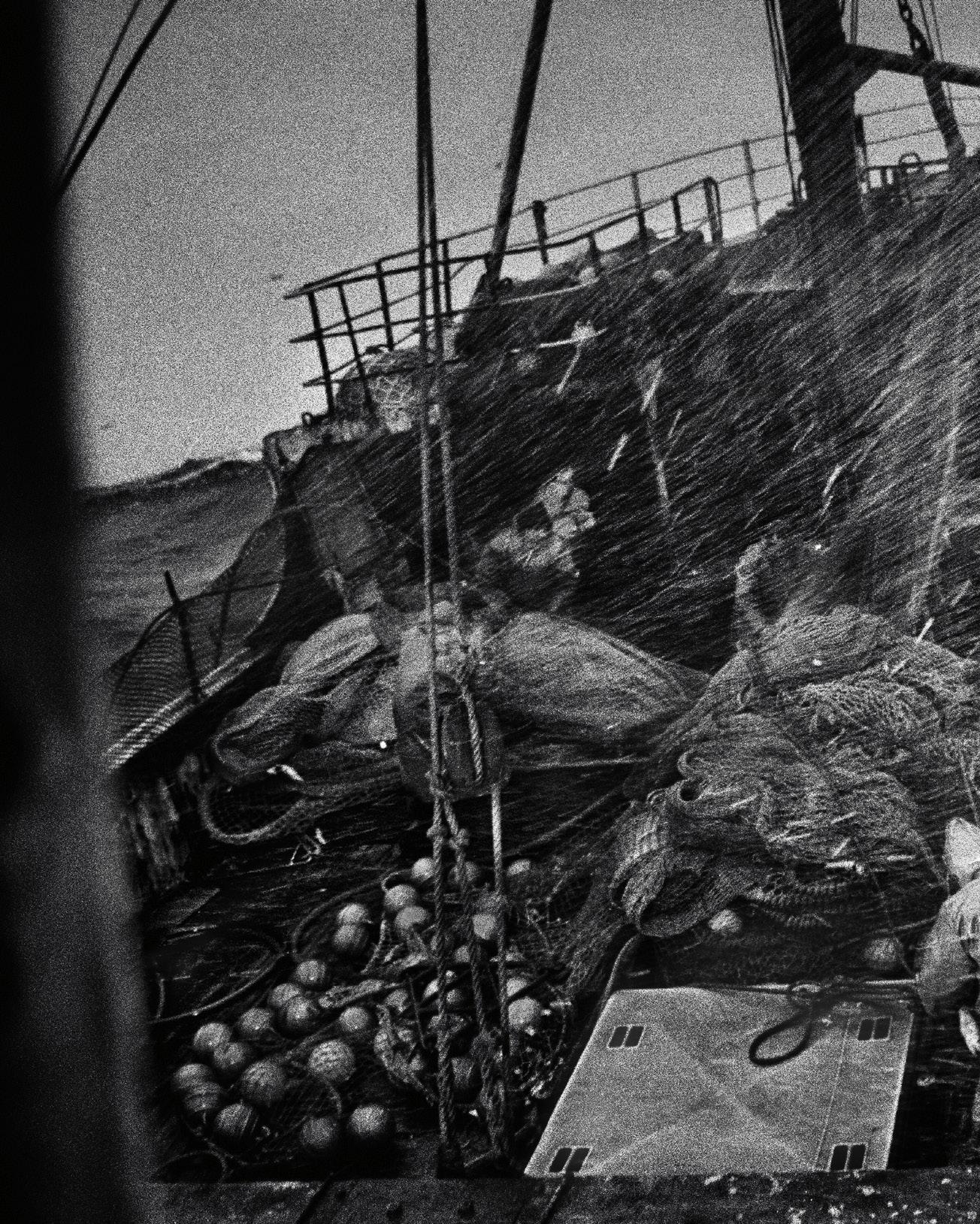

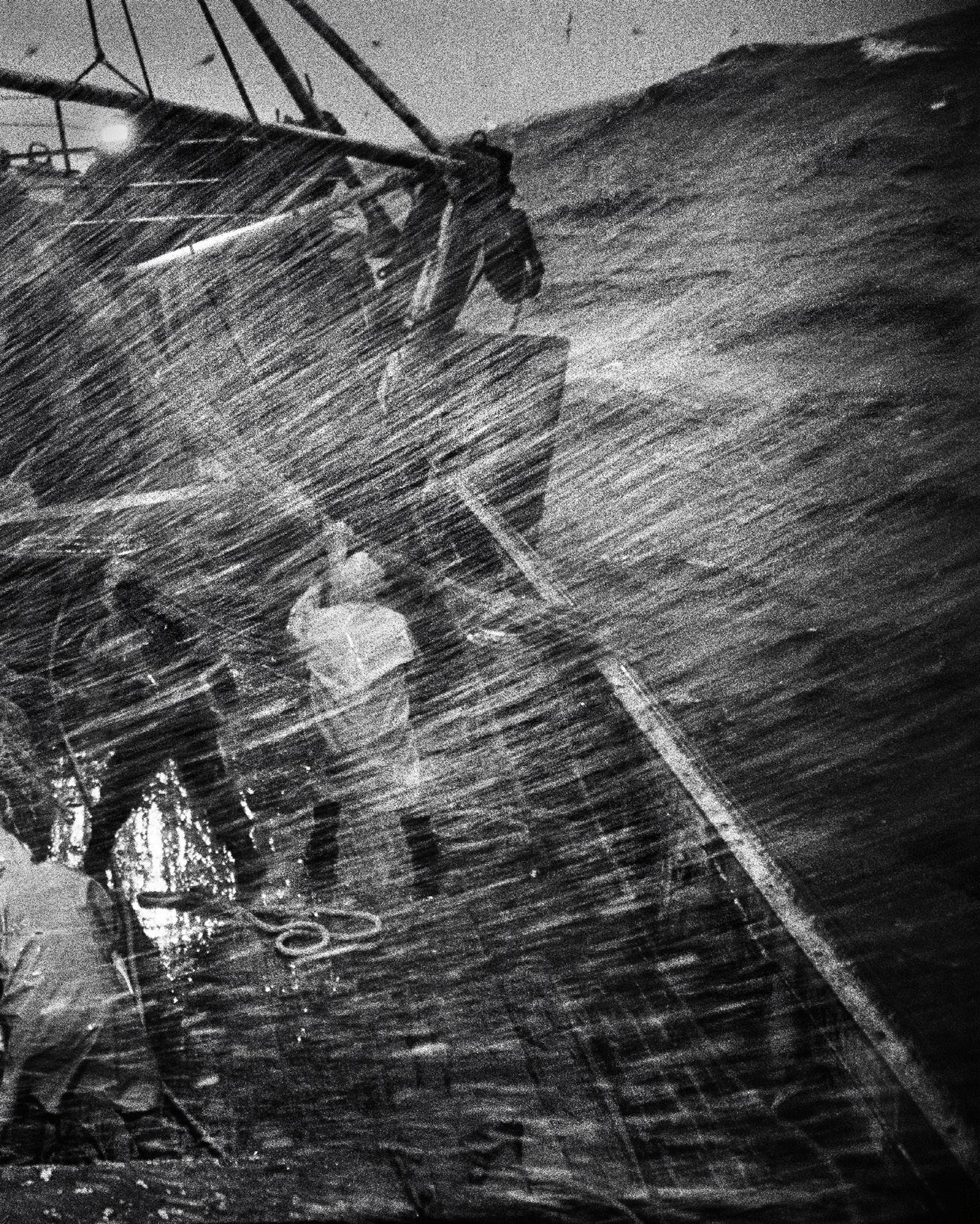

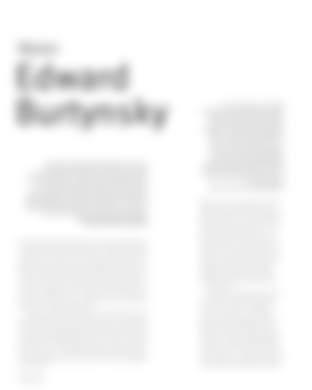


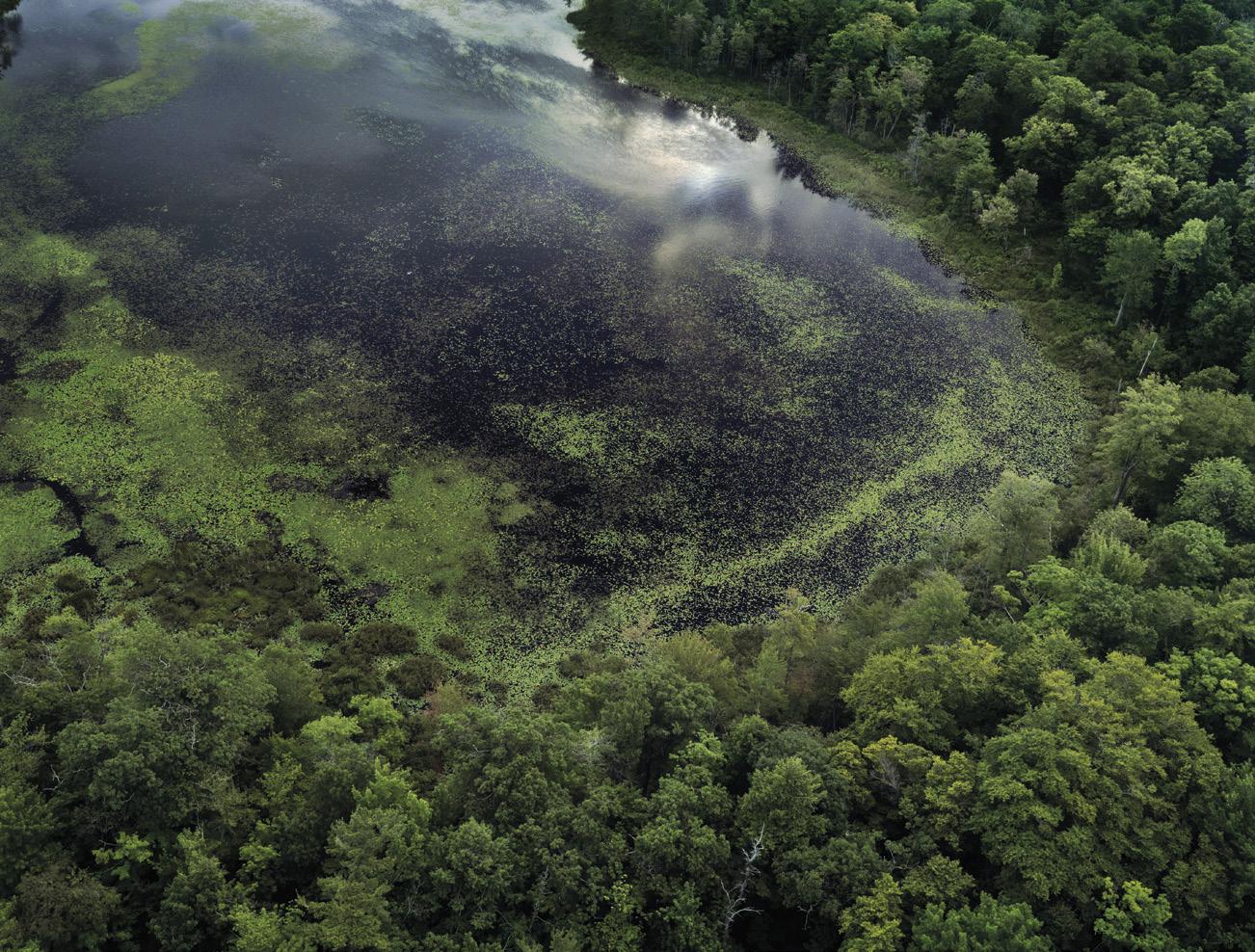
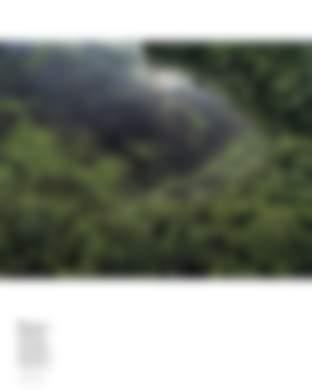




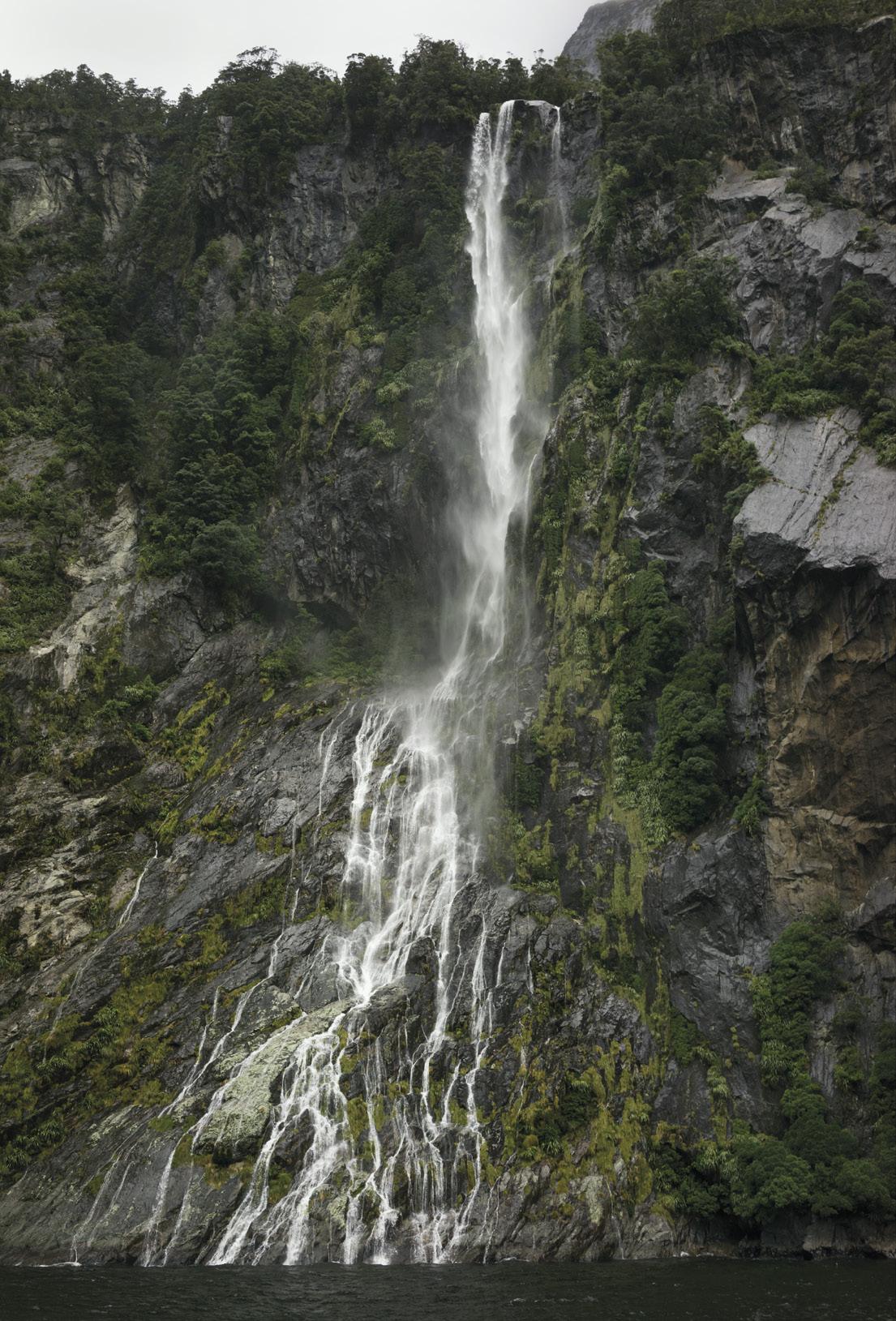
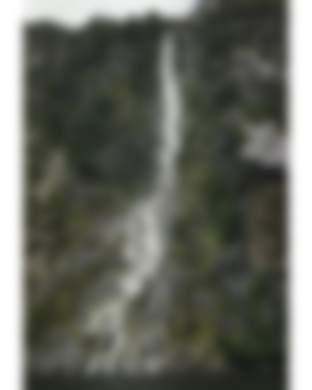


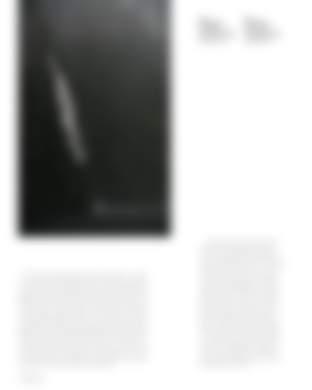
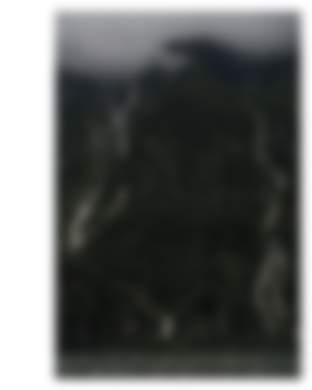


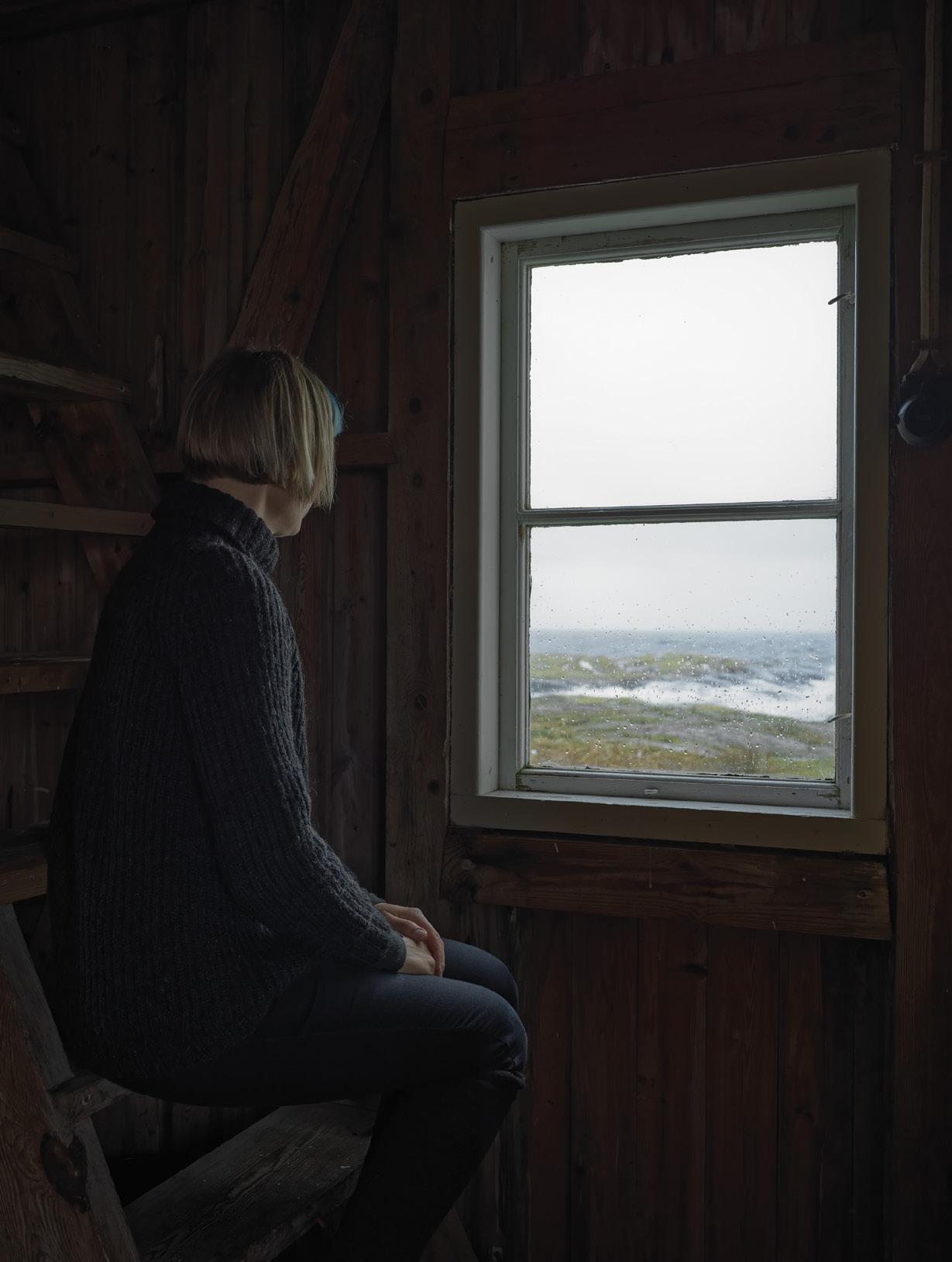
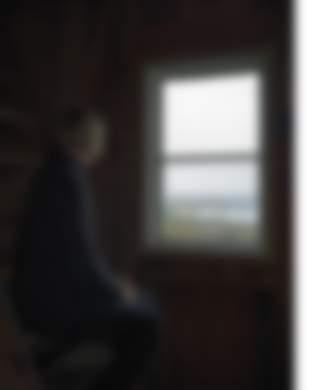




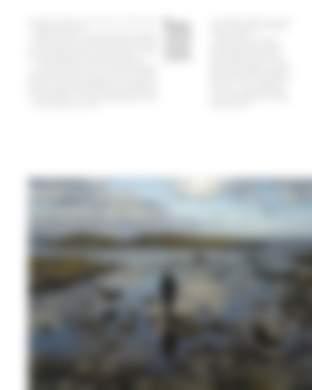
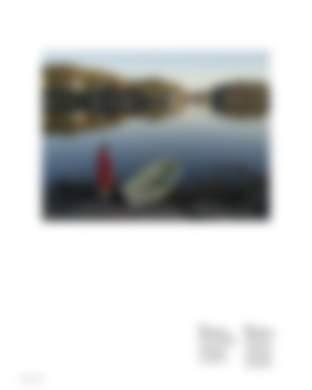


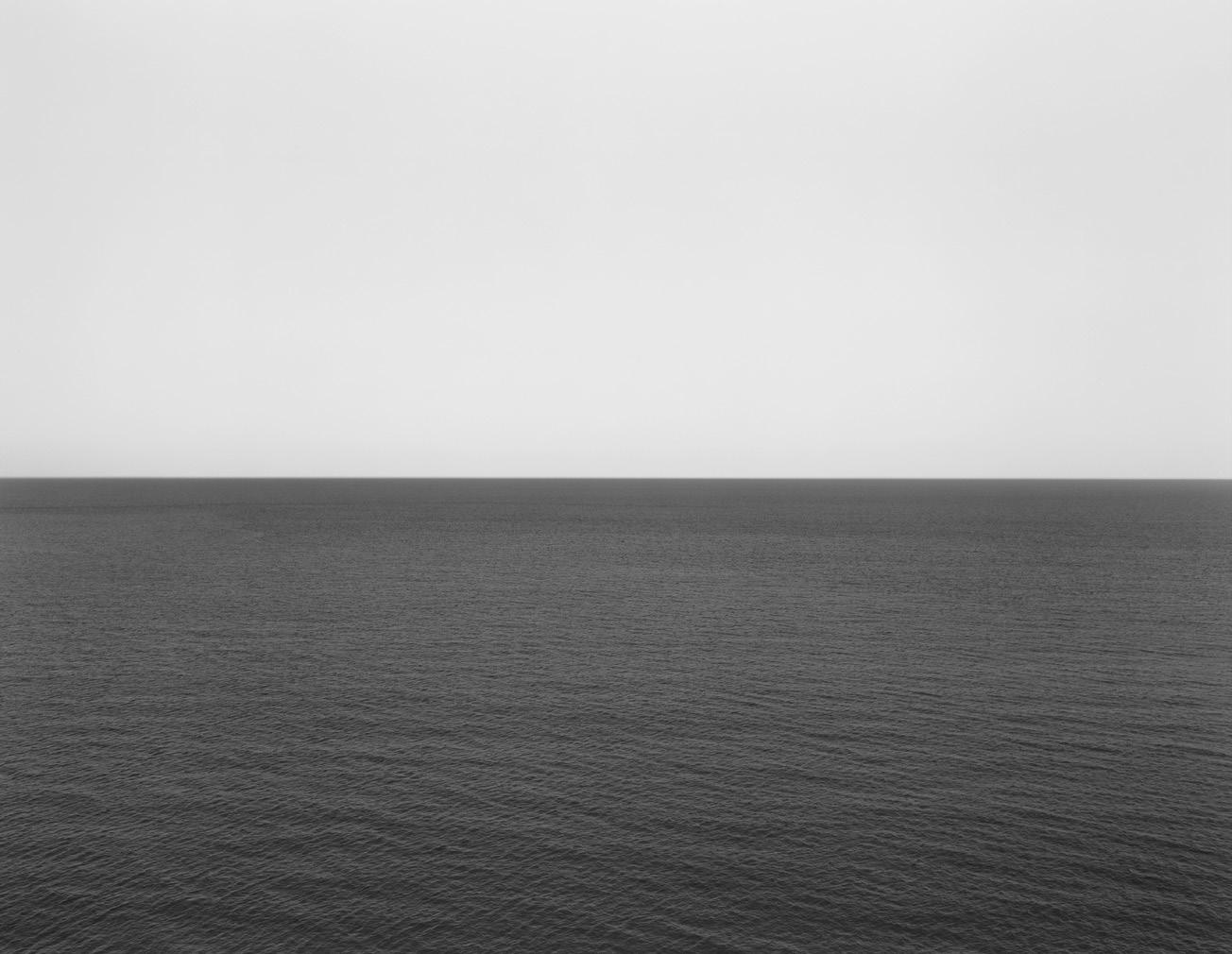



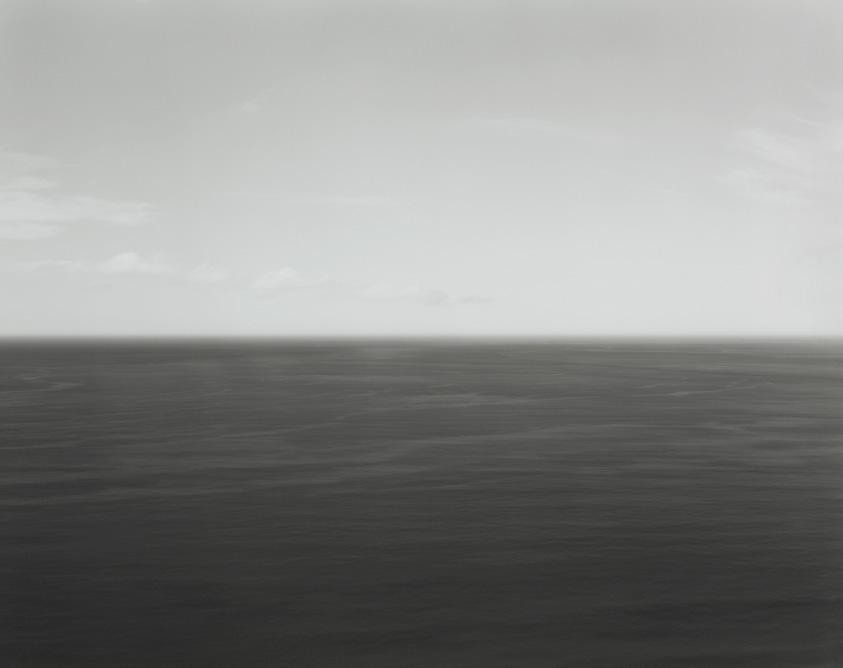
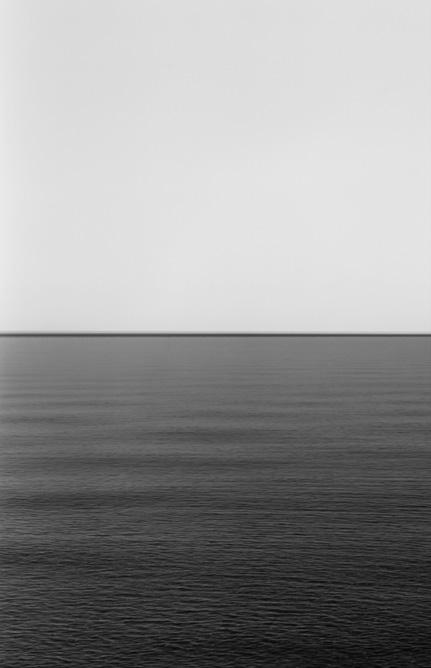
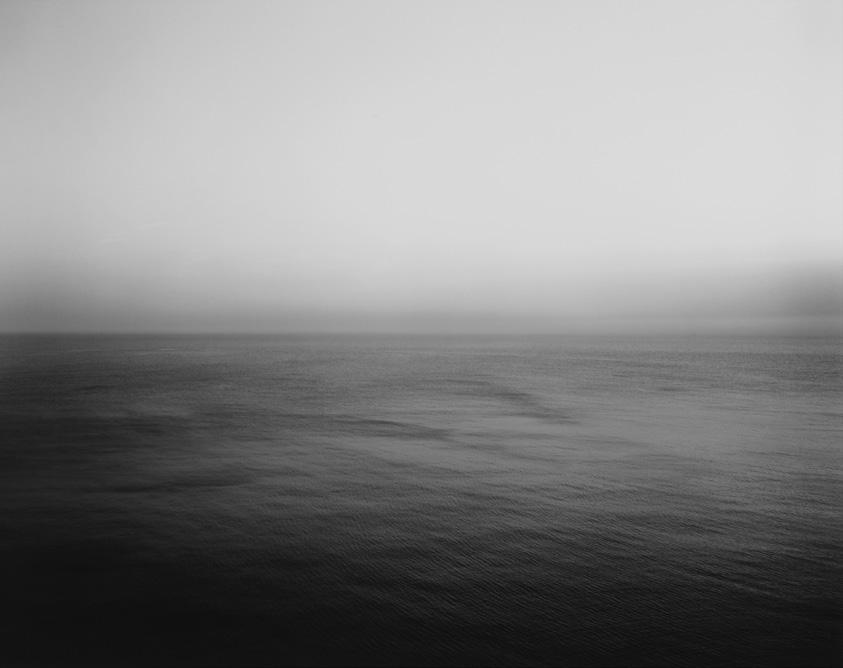 Hiroshi Sugimoto. Sea of Japan, Hokkaido I, from Seascapes series, 1986. Courtesy of the artist and Fraenkel Gallery, San Francisco.
Hiroshi Sugimoto. English Channel, Etreat, from Seascapes series, 1989. Courtesy of the artist and Fraenkel Gallery, San Francisco.
Hiroshi Sugimoto. English Channel, Weston Cliff, from Seascapes series, 1994. Courtesy of the artist and Fraenkel Gallery, San Francisco.
Hiroshi Sugimoto. Sea of Japan, Hokkaido I, from Seascapes series, 1986. Courtesy of the artist and Fraenkel Gallery, San Francisco.
Hiroshi Sugimoto. English Channel, Etreat, from Seascapes series, 1989. Courtesy of the artist and Fraenkel Gallery, San Francisco.
Hiroshi Sugimoto. English Channel, Weston Cliff, from Seascapes series, 1994. Courtesy of the artist and Fraenkel Gallery, San Francisco.








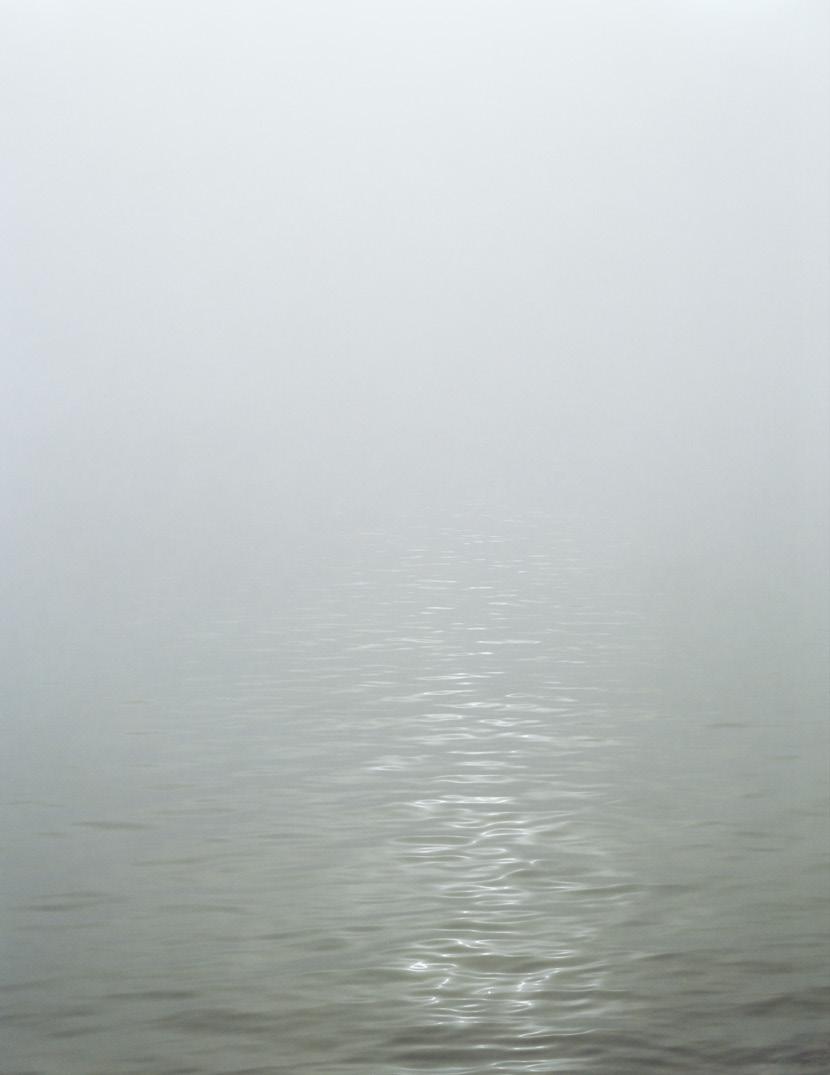



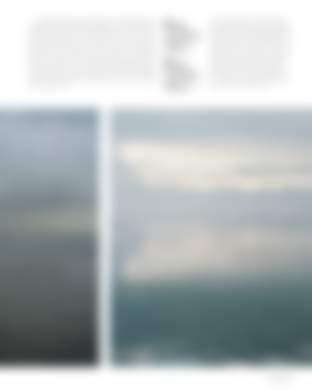


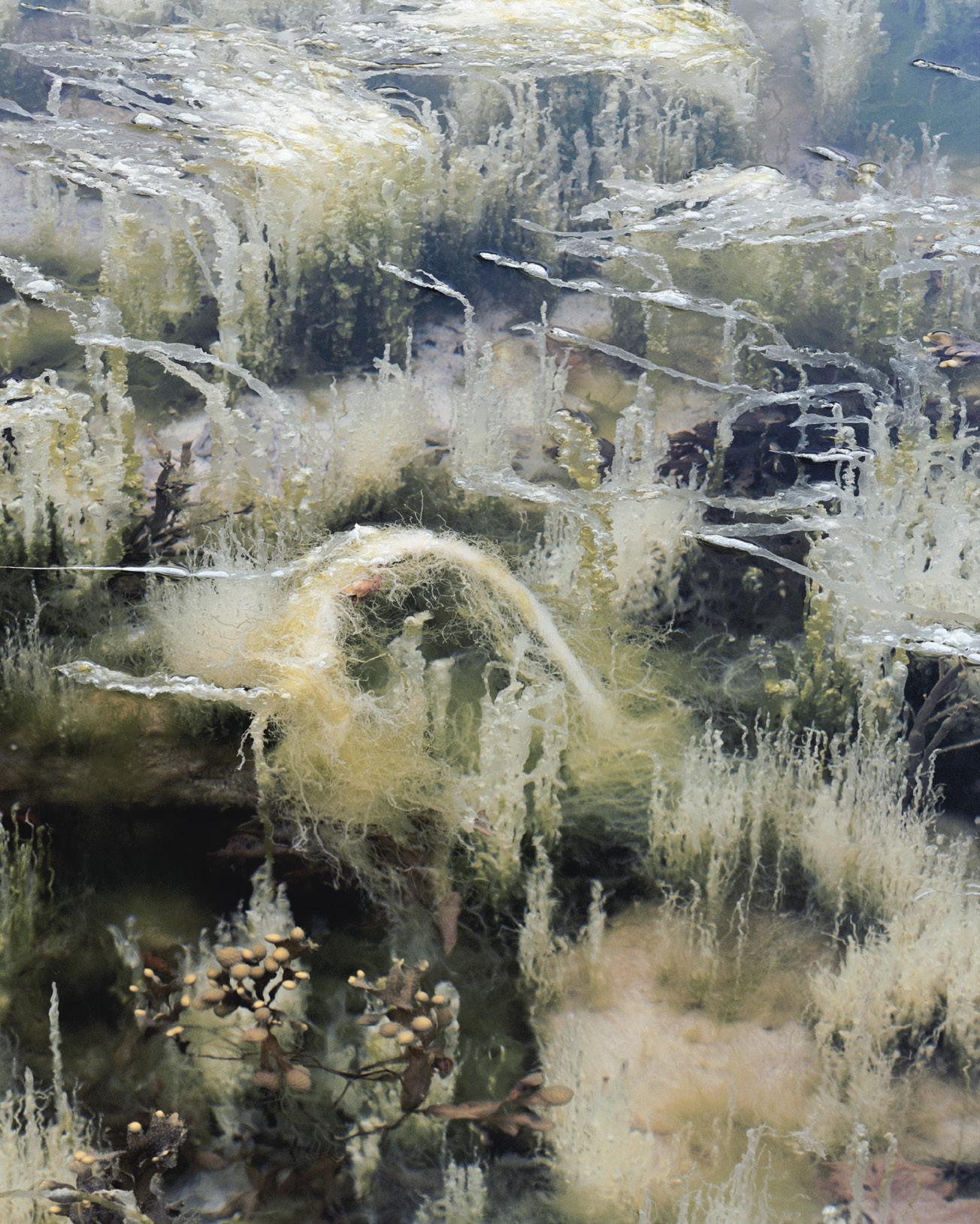
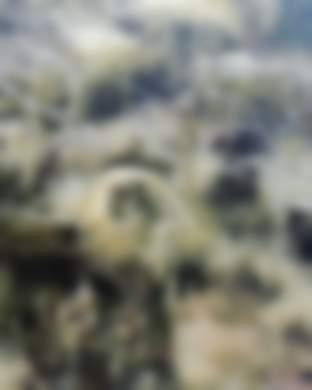





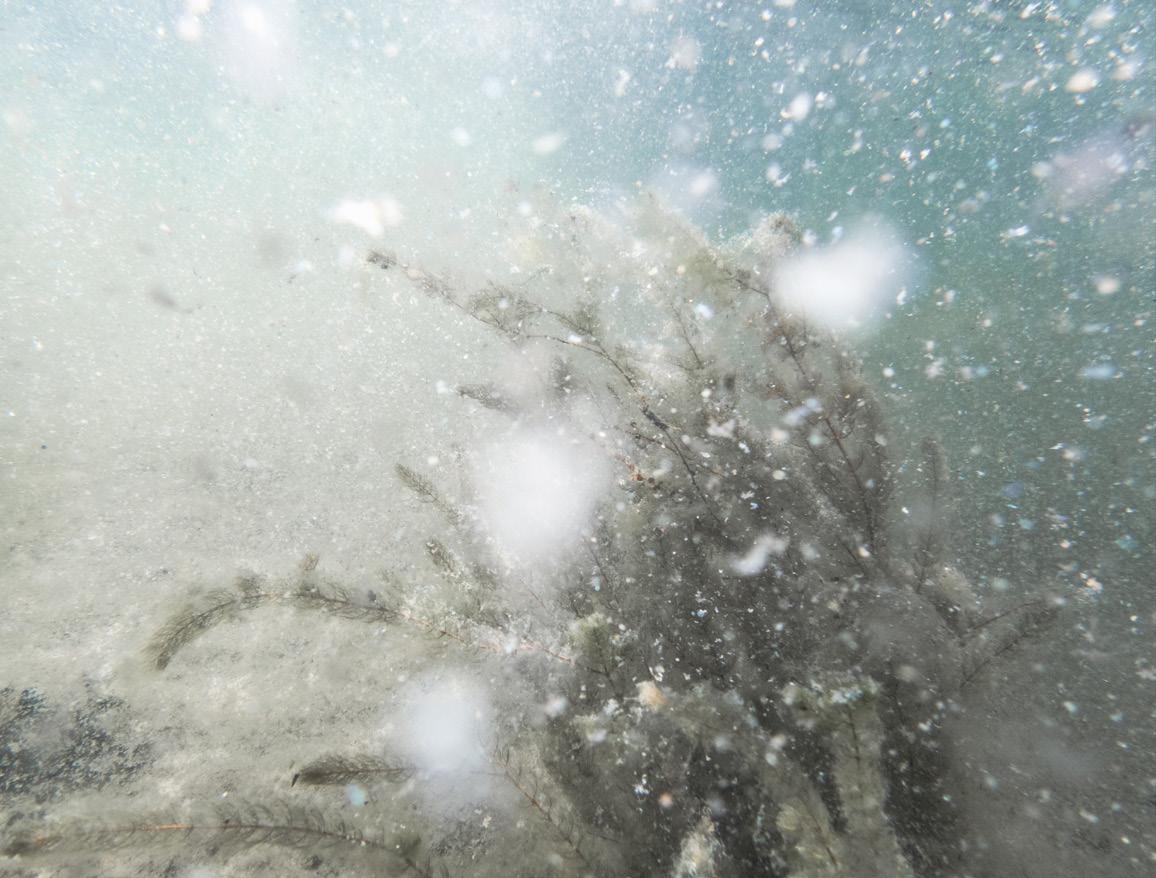


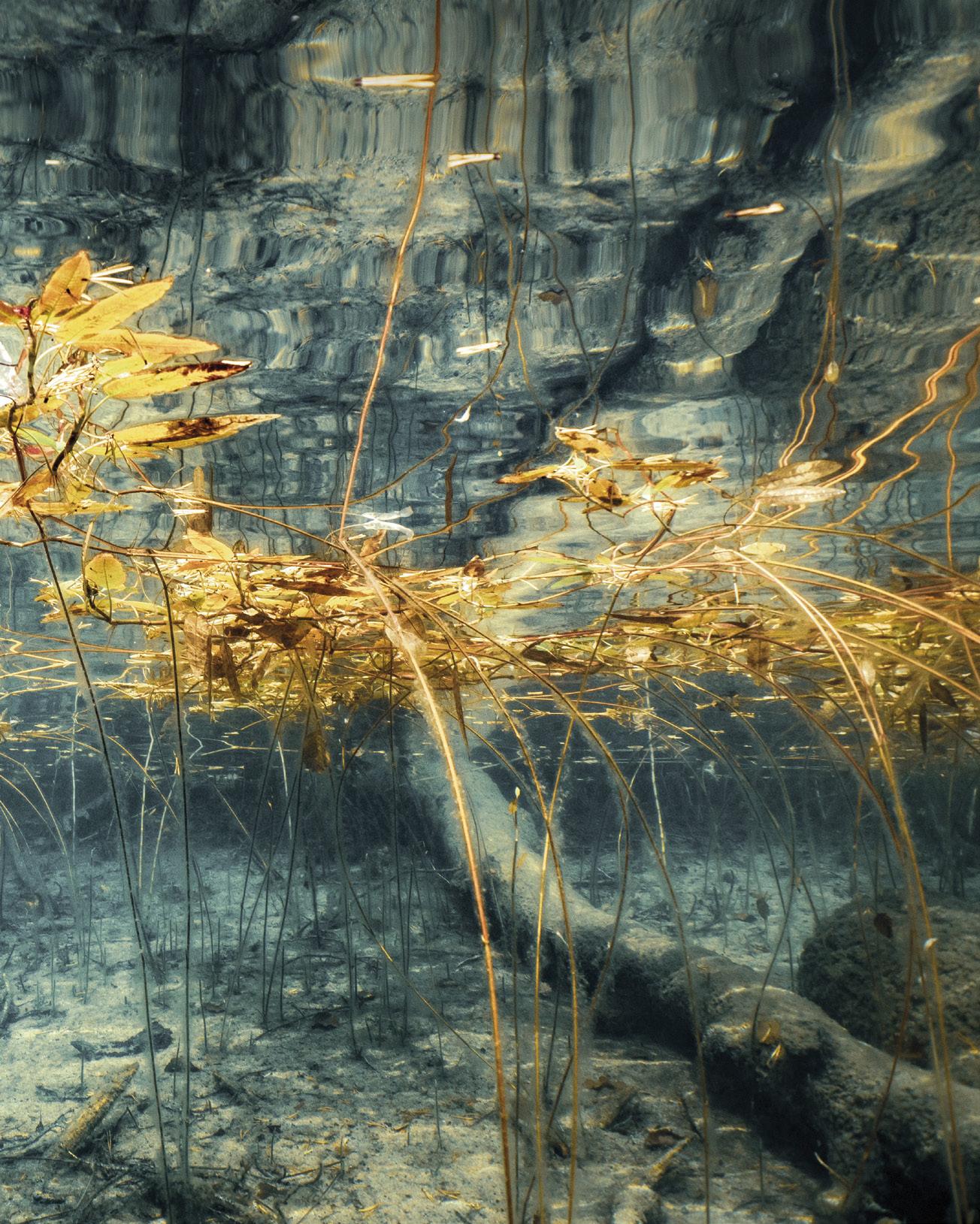
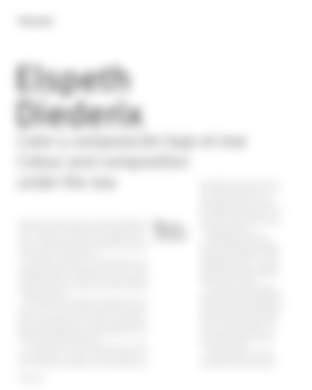
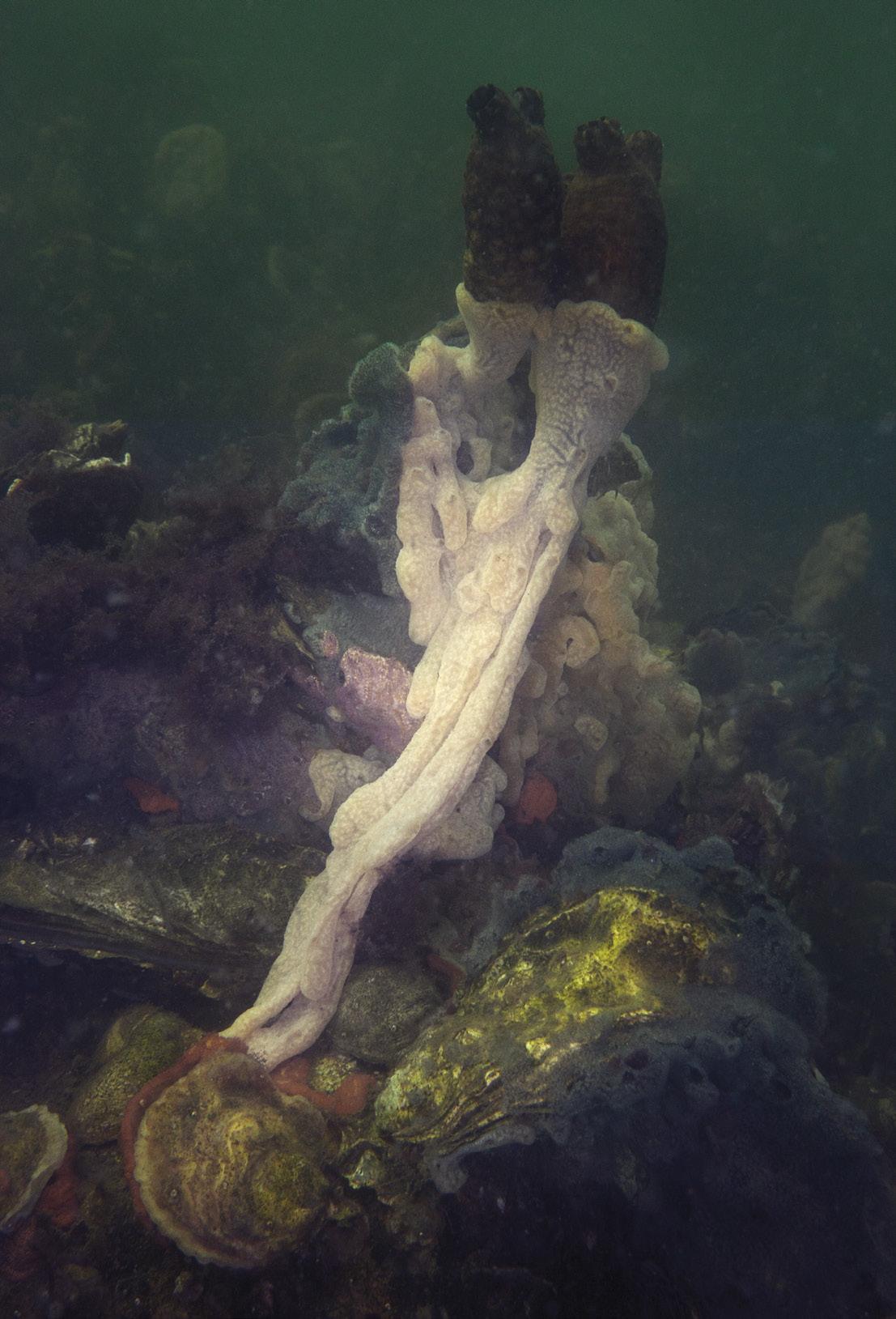


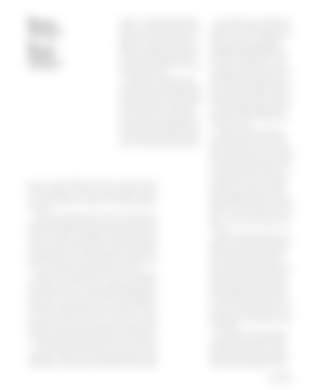






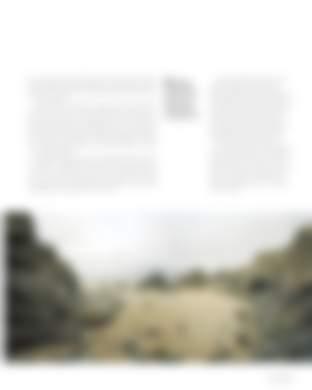
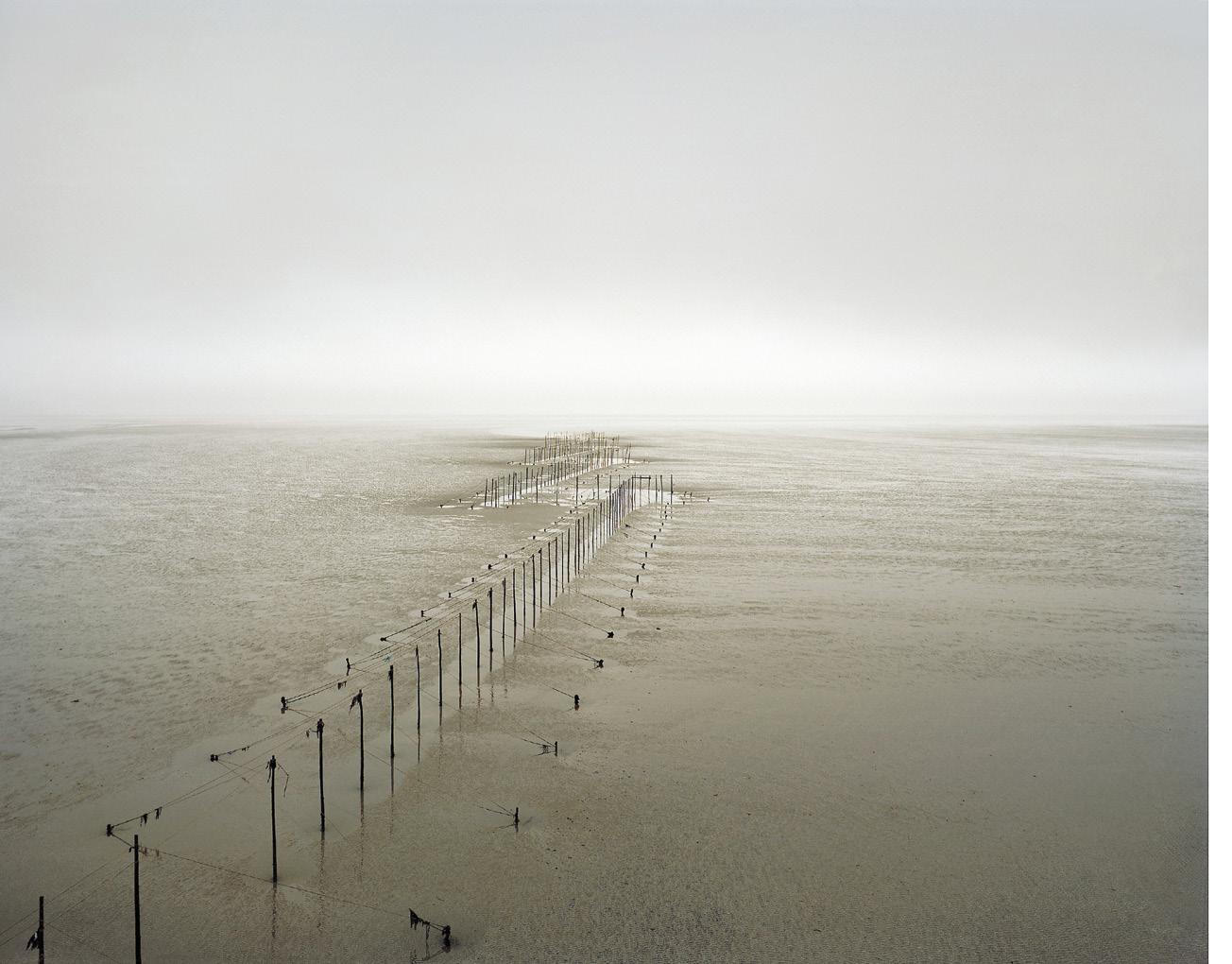

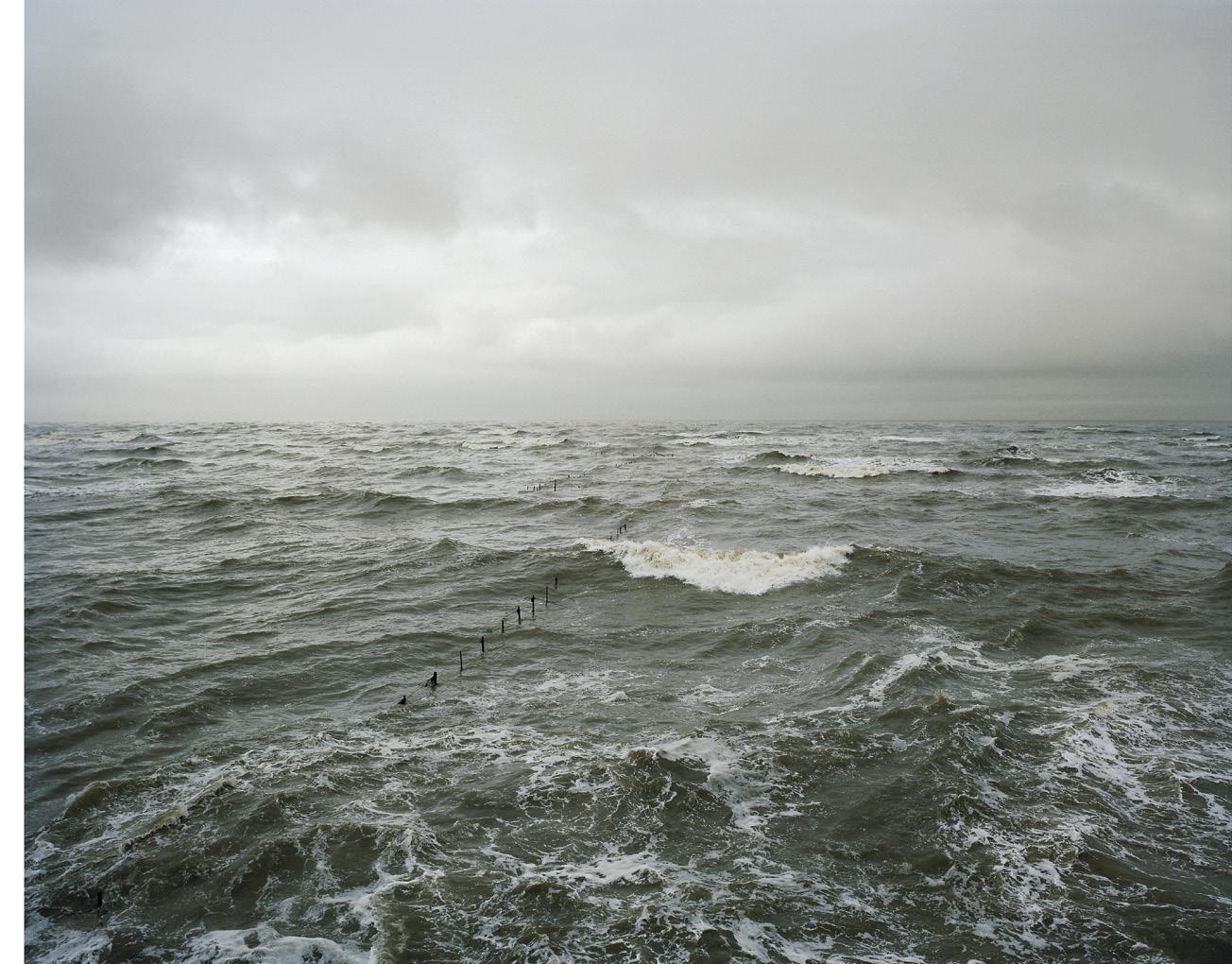
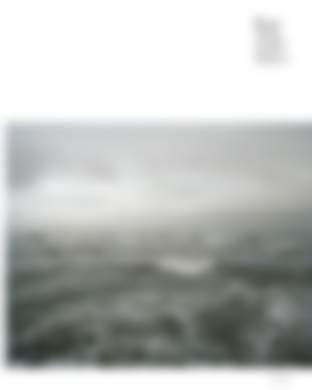




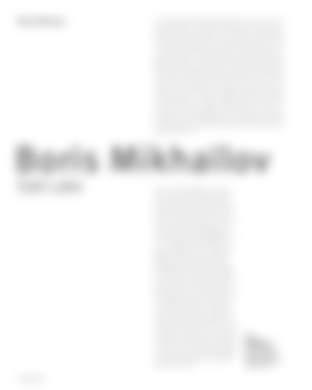




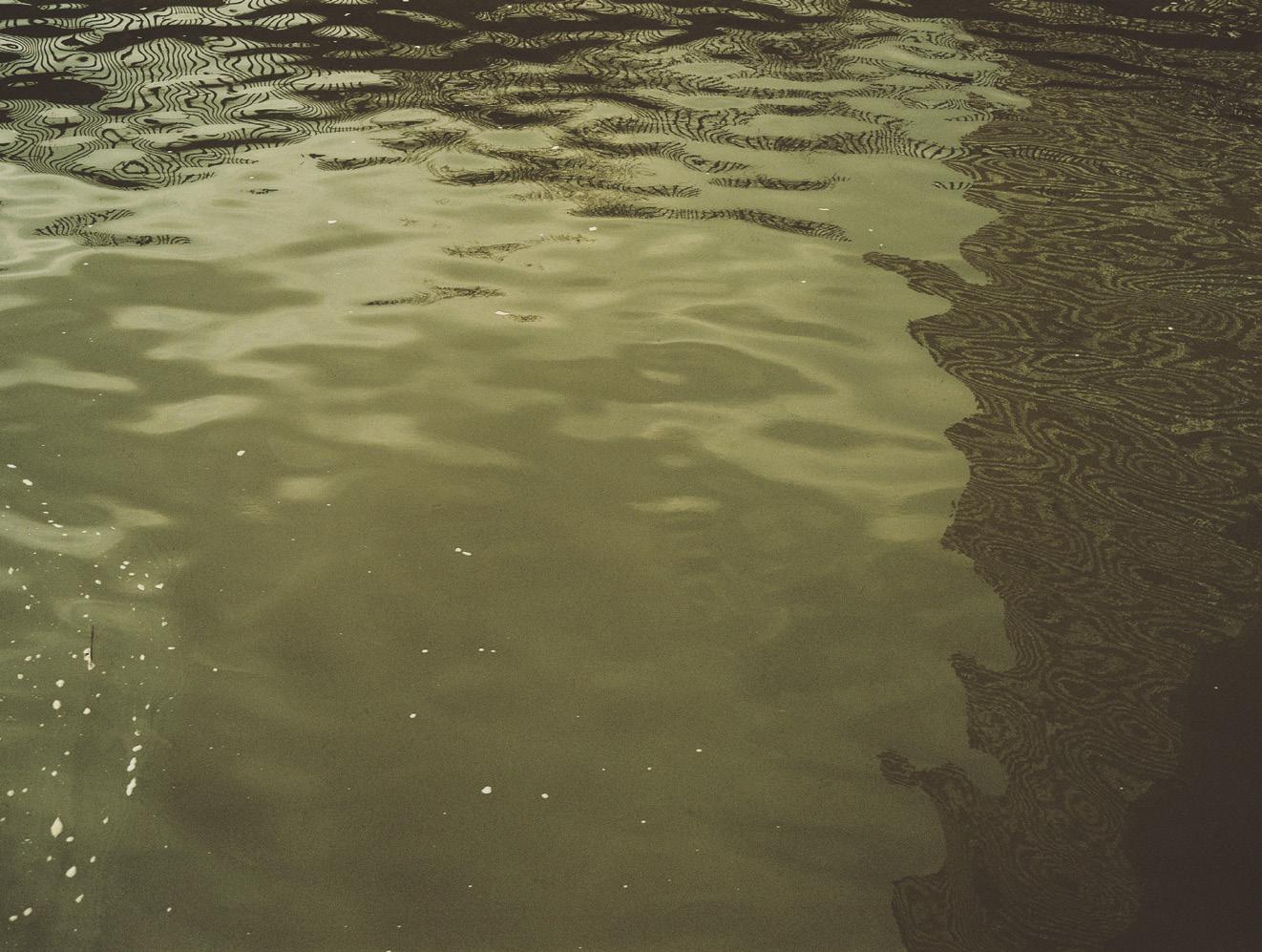
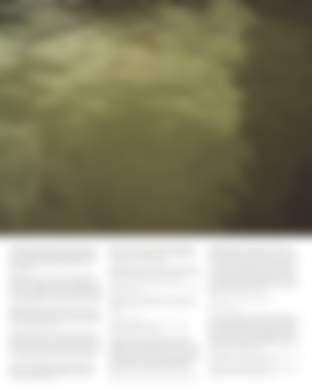

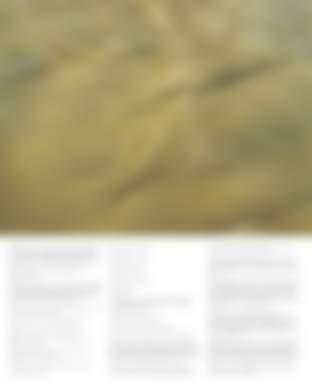




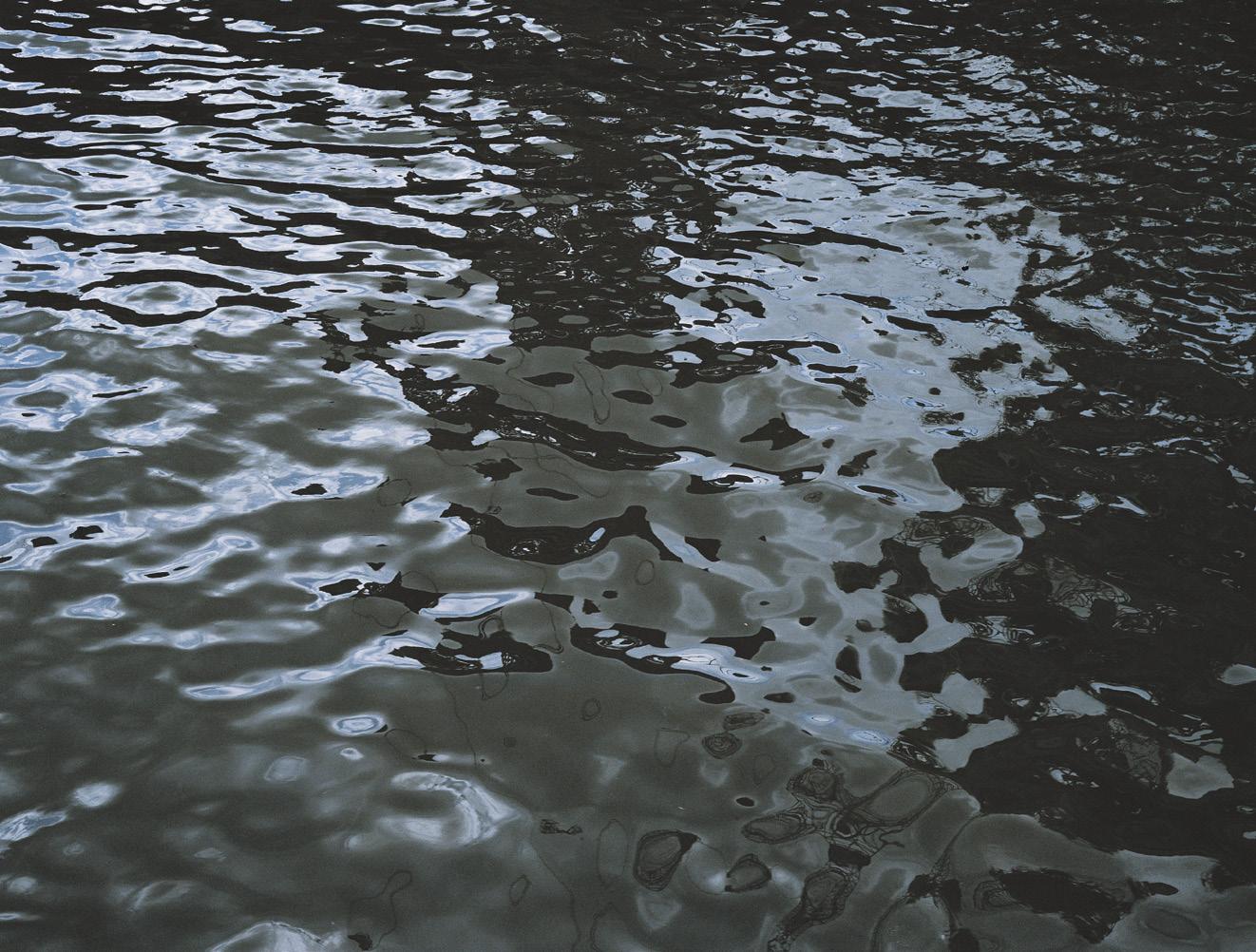


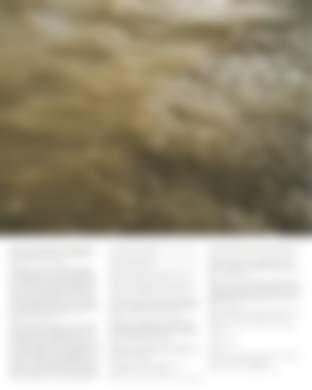
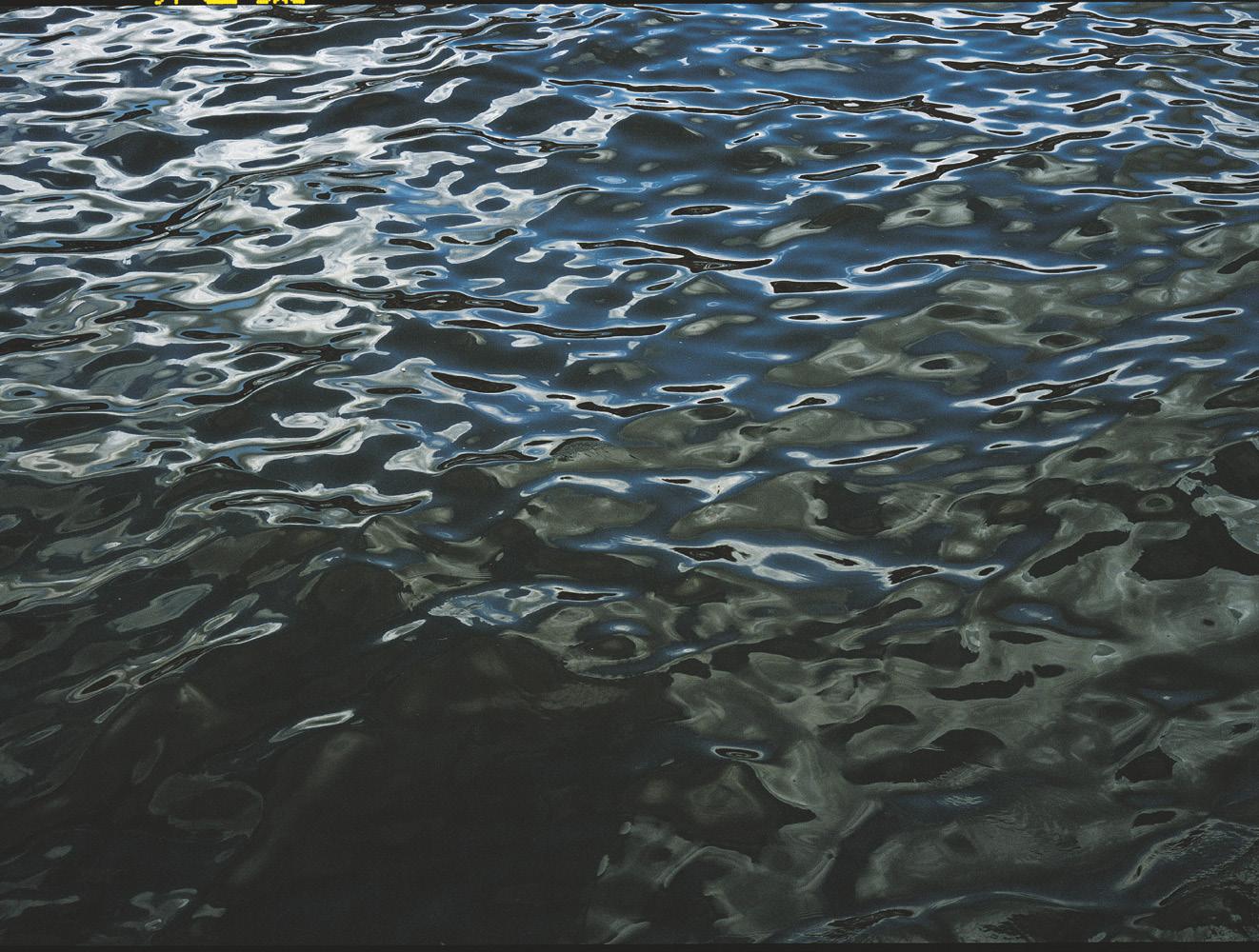

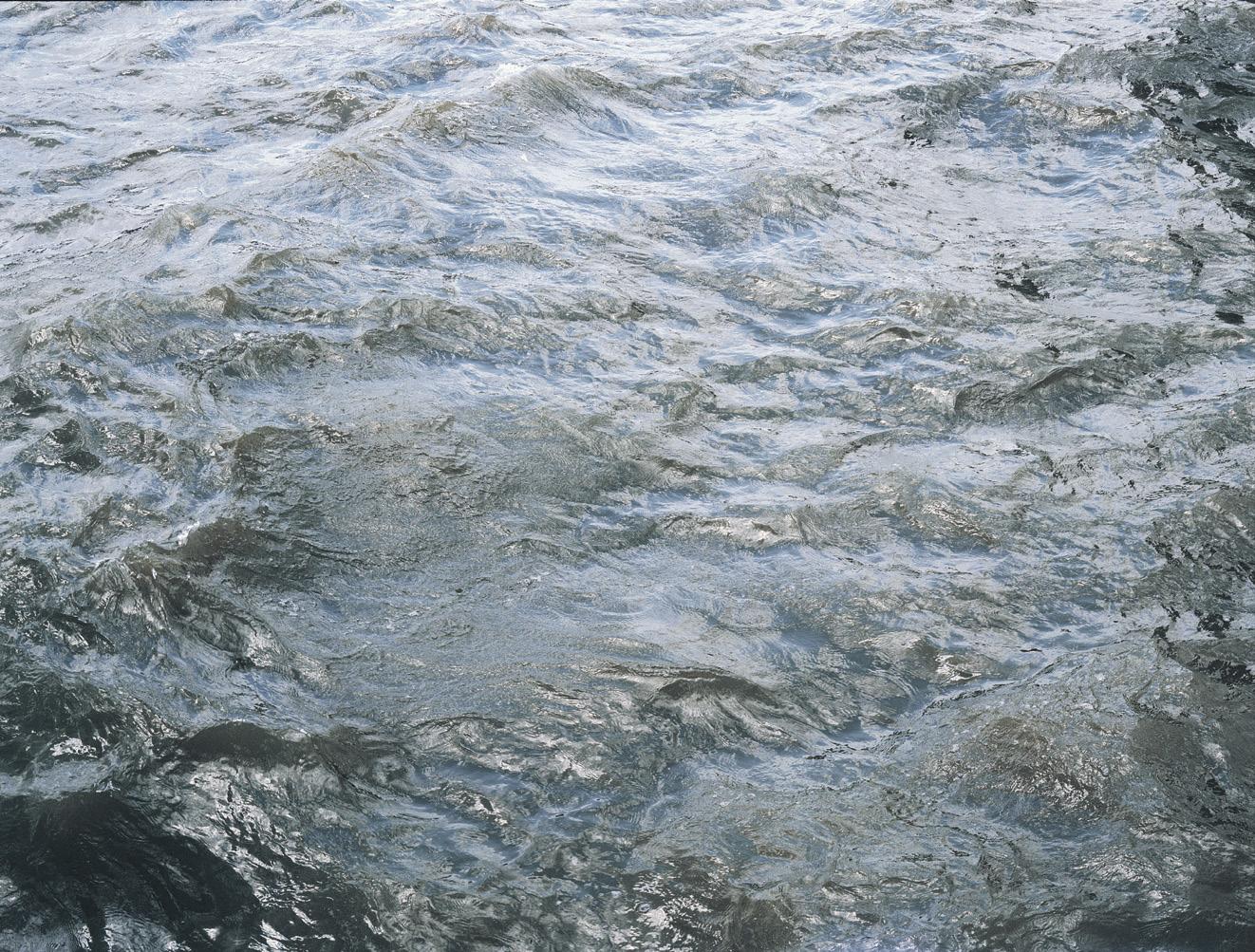
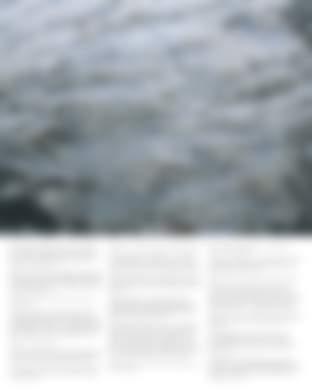

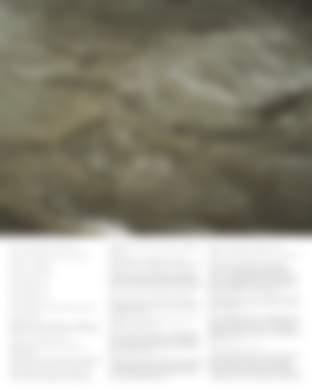
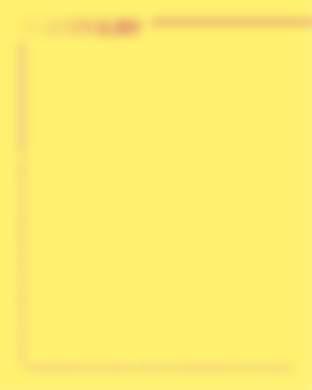
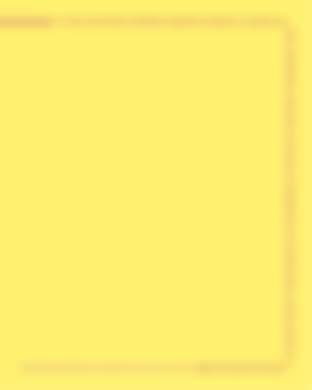

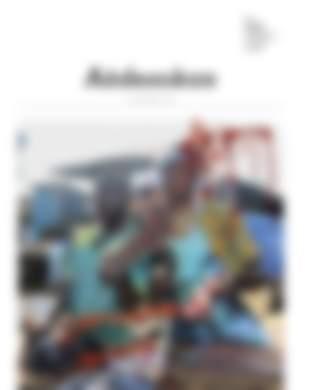

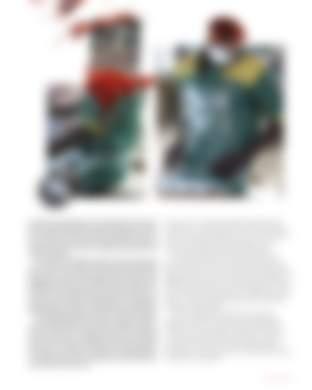








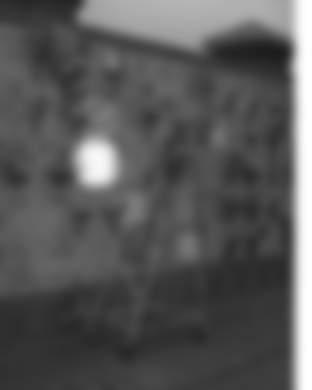




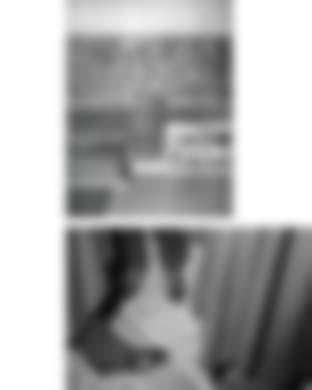
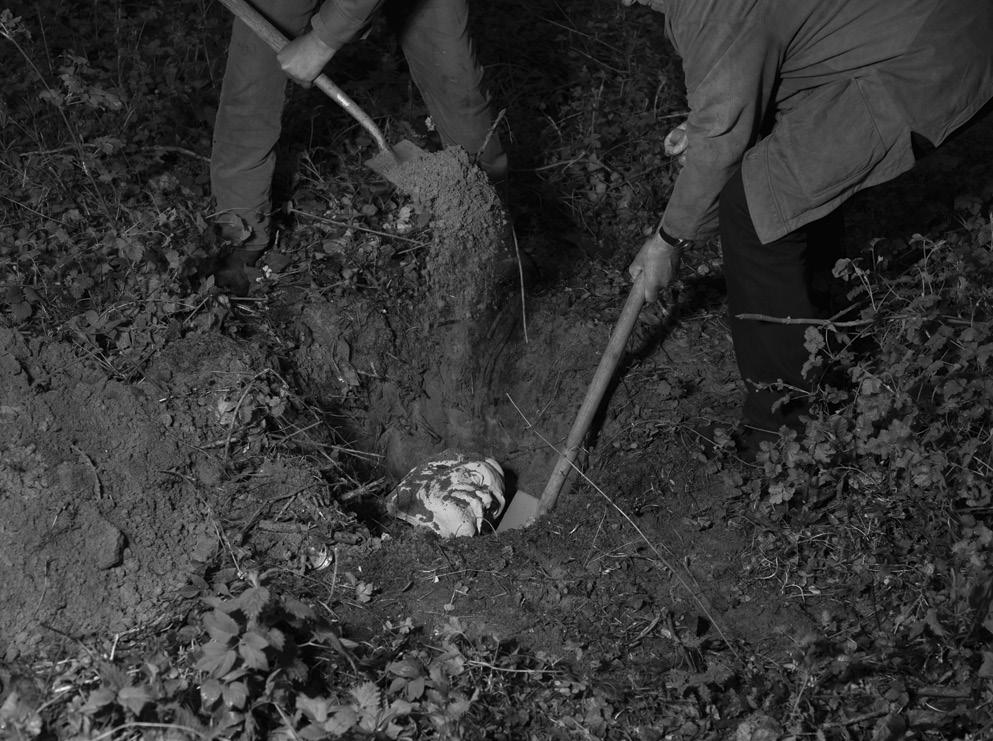
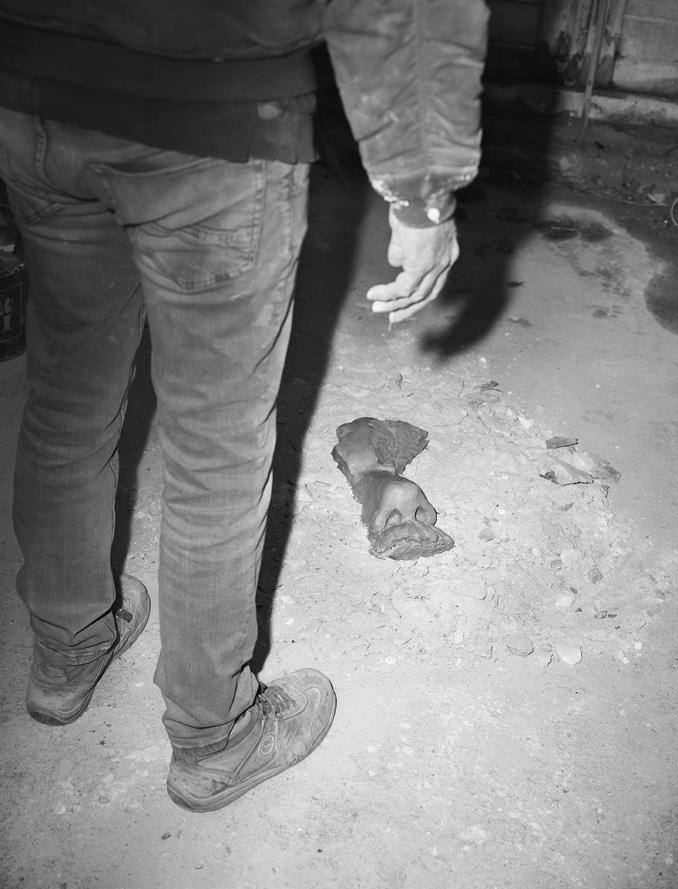












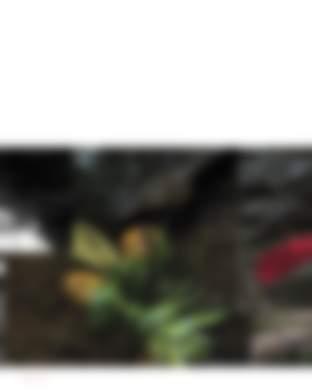

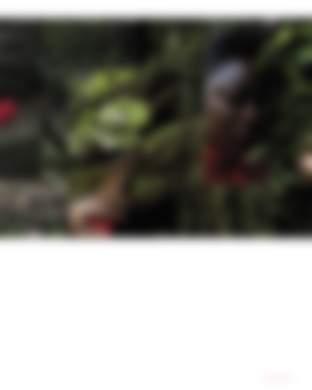
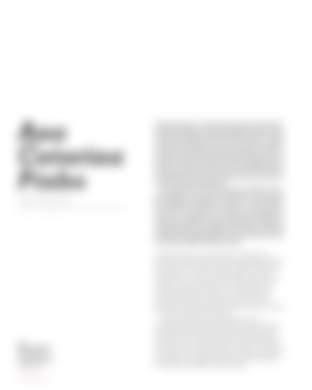




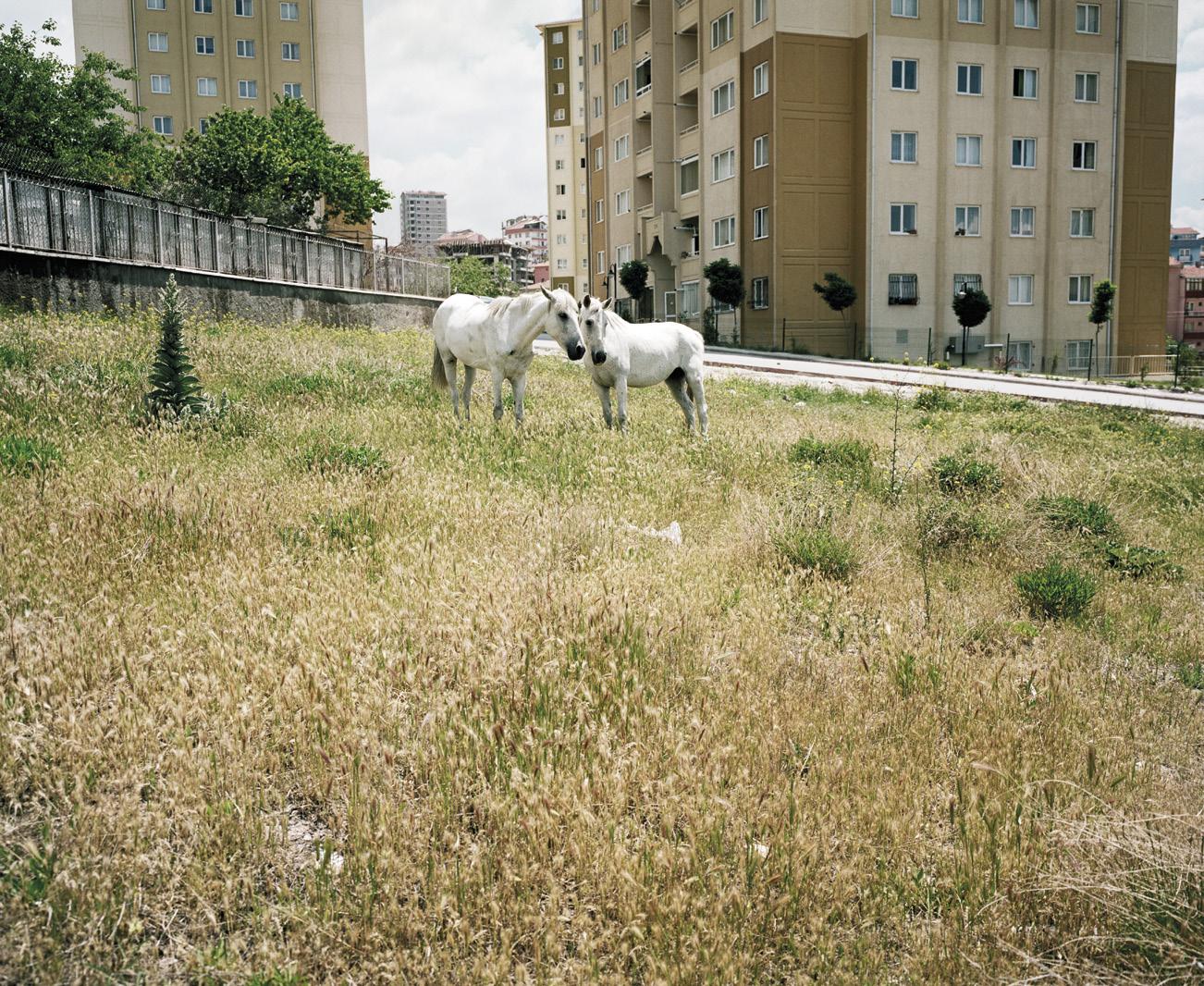

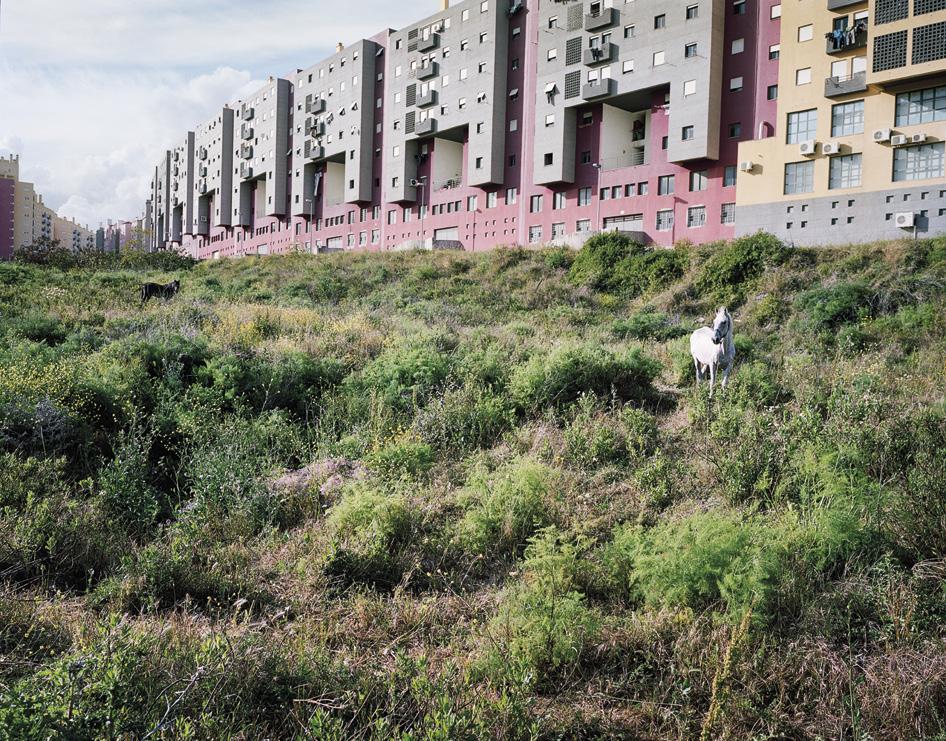

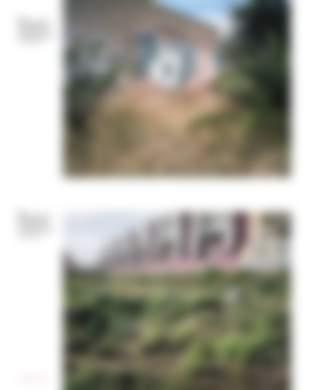

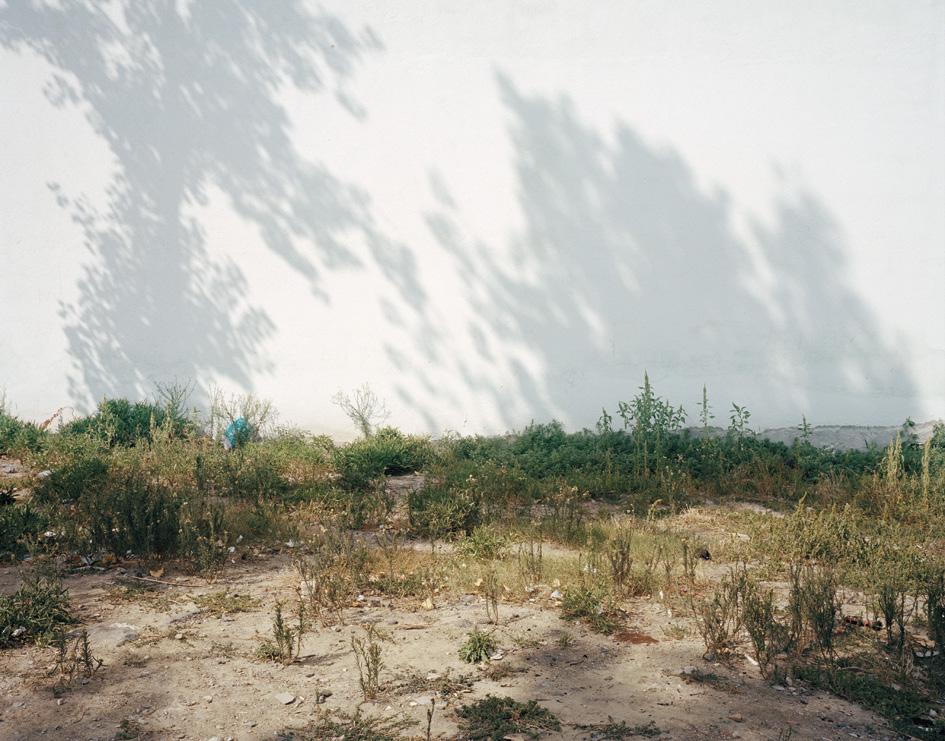

Kortrijk, Belgium, 1996
La superficie como registro. 1099 de Sybren Vanoverberghe analiza la violencia de la humanidad registrada tanto en la geología como en la ruina histórica. Asumiendo la posición de observador, Vanoverberghe deambula por las ruinas del mundo contemporáneo centrando su atención en los muros, los mosaicos, la arquitectura y la piedra, construyendo una mirada desde la violencia. La esencia material que tienen en común los elementos fotografiados es el propio tiempo. Pero también tienen en común, como quiere apuntar el artista, la escasez de memoria y esfuerzo por parte de la humanidad para siquiera considerarlos como un registro que nos permita tomar decisiones sobre nuestro presente. ¿Cómo podemos hablar del pasado si no permitimos que el mismo forme parte de nuestro presente y desafíe nuestro futuro?
Sybren Vanoverberghe trabaja principalmente mediante fotografía y material encontrado. Su obra se centra en el paisaje y su dimensión cambiante, mostrando así la correlación entre lugar y tiempo, donde historia, naturaleza, patrimonio y herencia se encuentran. Vanoverberghe tiene un Máster de KASK (Ghent’s Royal Academy). Ha publicado su trabajo en la editorial APE (Art Paper Editions) y expuesto en Stieglitz19 (Antwerp, Bélgica), en Deweer Gallery (Otegem, Bélgica) u otros contextos como el Unseen Photo Fair de Amsterdam.
Surface as a material record. 1099 by Sybren Vanoverberghe analyses the violence of humanity recorded in both geology and historical ruins. Acting as an observer, Vanoverberghe wanders through the ruins of the contemporary world, focusing his attention on walls, mosaics, architecture and stone, and creating a view of the world through violence. The material essence shared by everything he captures on film is time itself. Yet as the artist strives to point out, the remnants he photographs are also bound by a lack of memory and effort on the part of humanity to even consider them as a record that can help us to make decisions about our present. How can we talk of the past if we prevent it from forming part of our present and from challenging our future?
Sybren Vanoverberghe works mainly with photography and found objects. His work focuses on the landscape and its mutability and reveals the correlation between place and time, where history, nature, heritage and legacy coexist. Vanoverberghe has a master’s from Ghent’s Royal Academy of Fine Arts (KASK) and has published his work with APE (Art Paper Editions) and exhibited at Stieglitz19 (Antwerp), the Deweer Gallery (Otegem, Belgium), and at Amsterdam’s Unseen Photo Fair, among other contexts.
